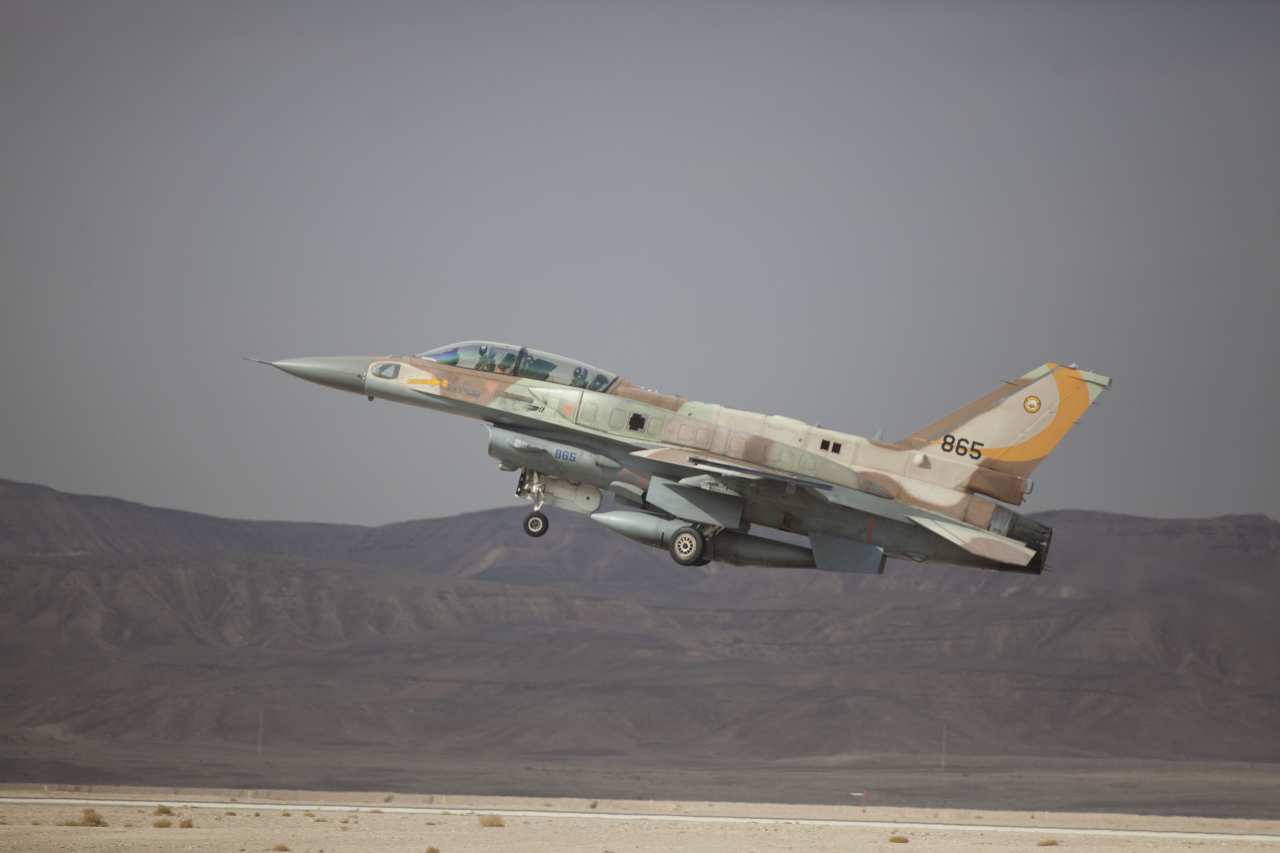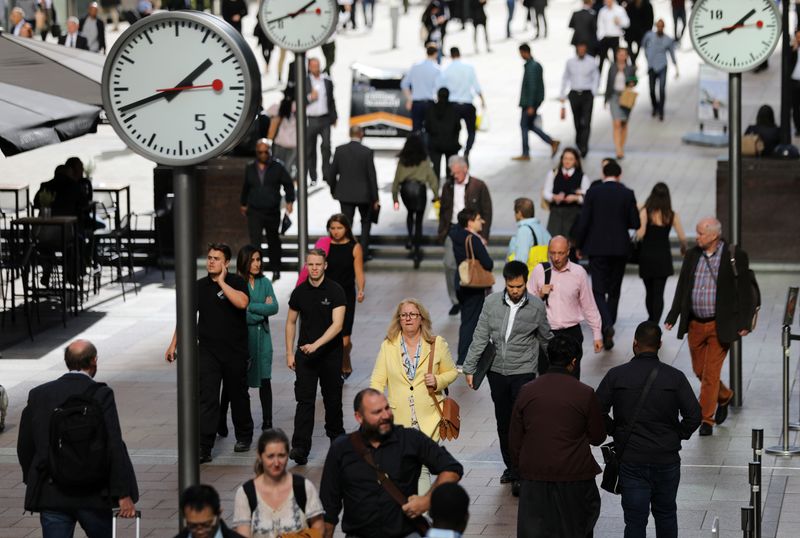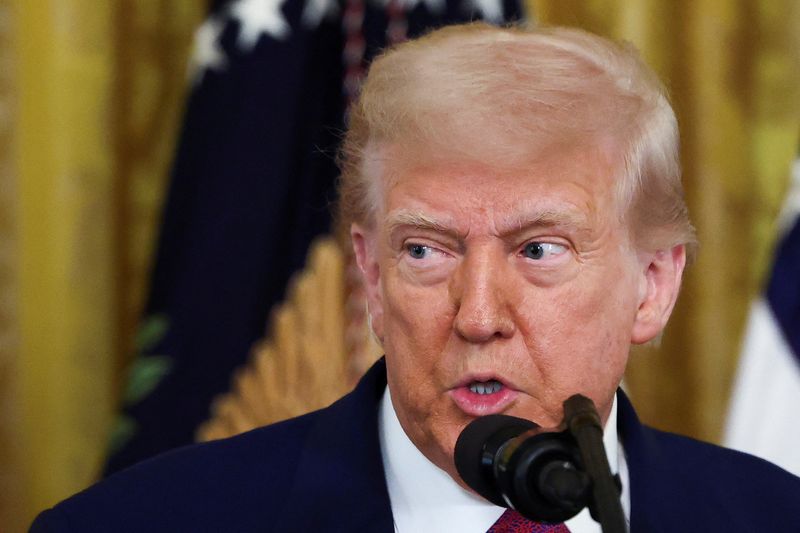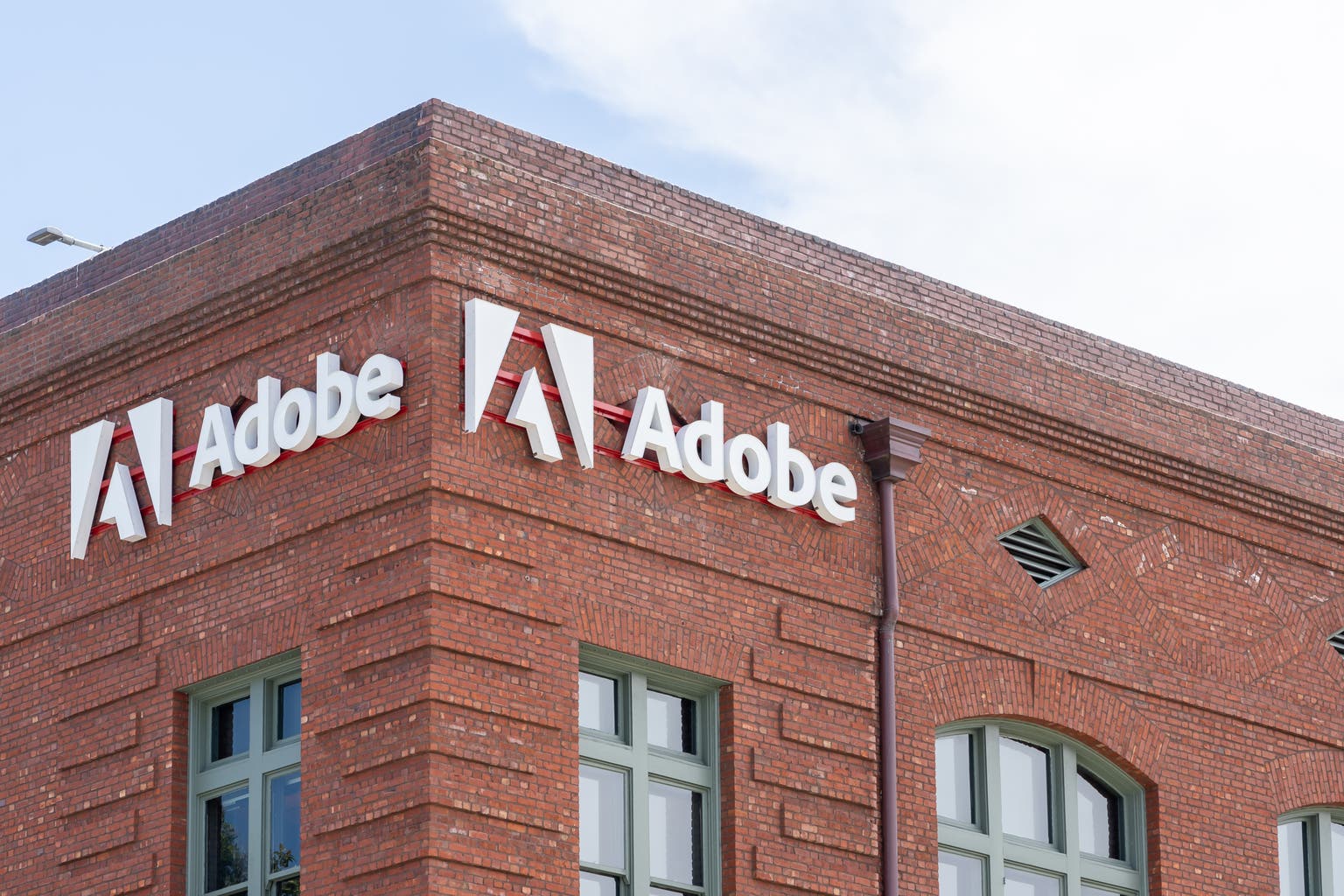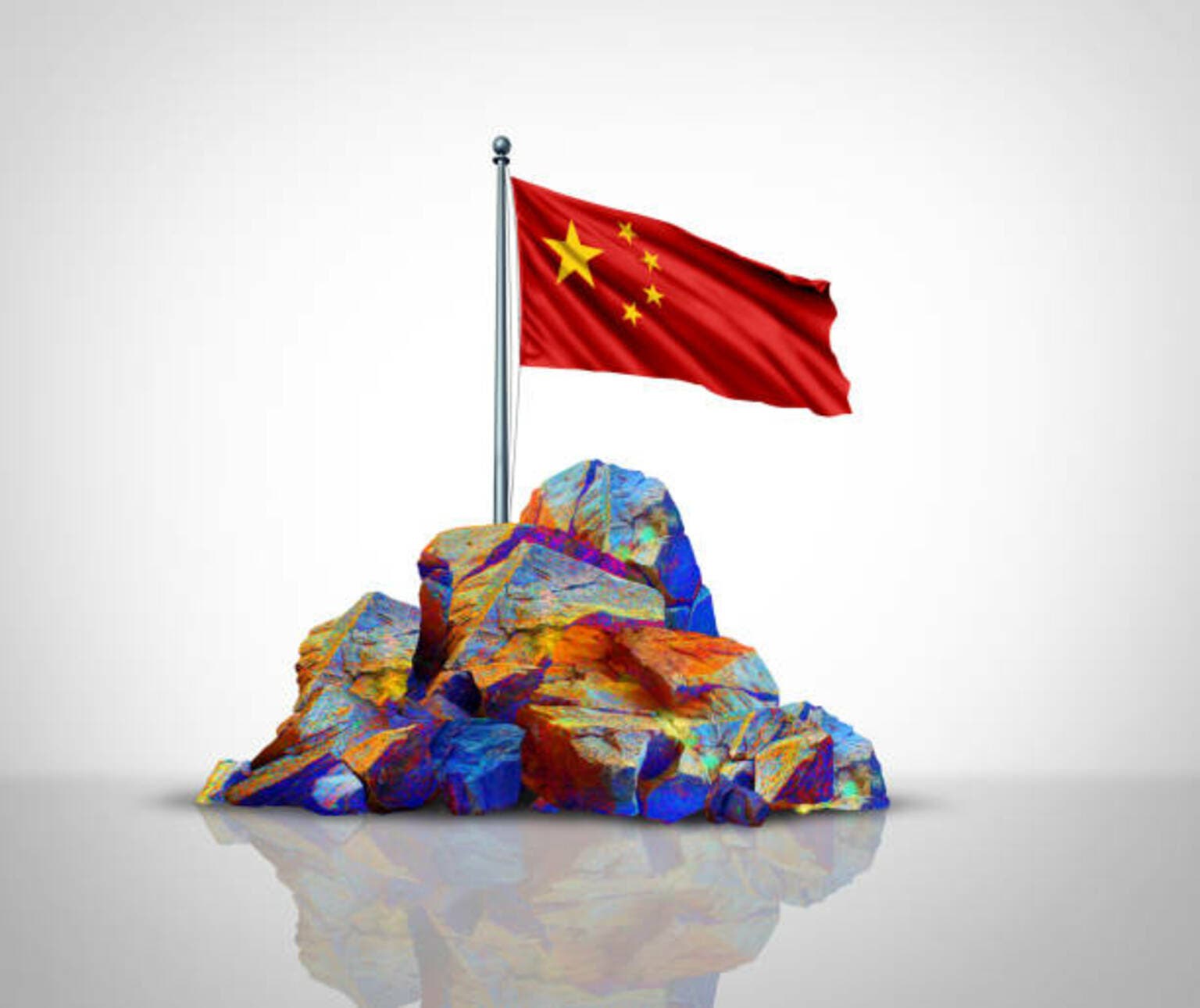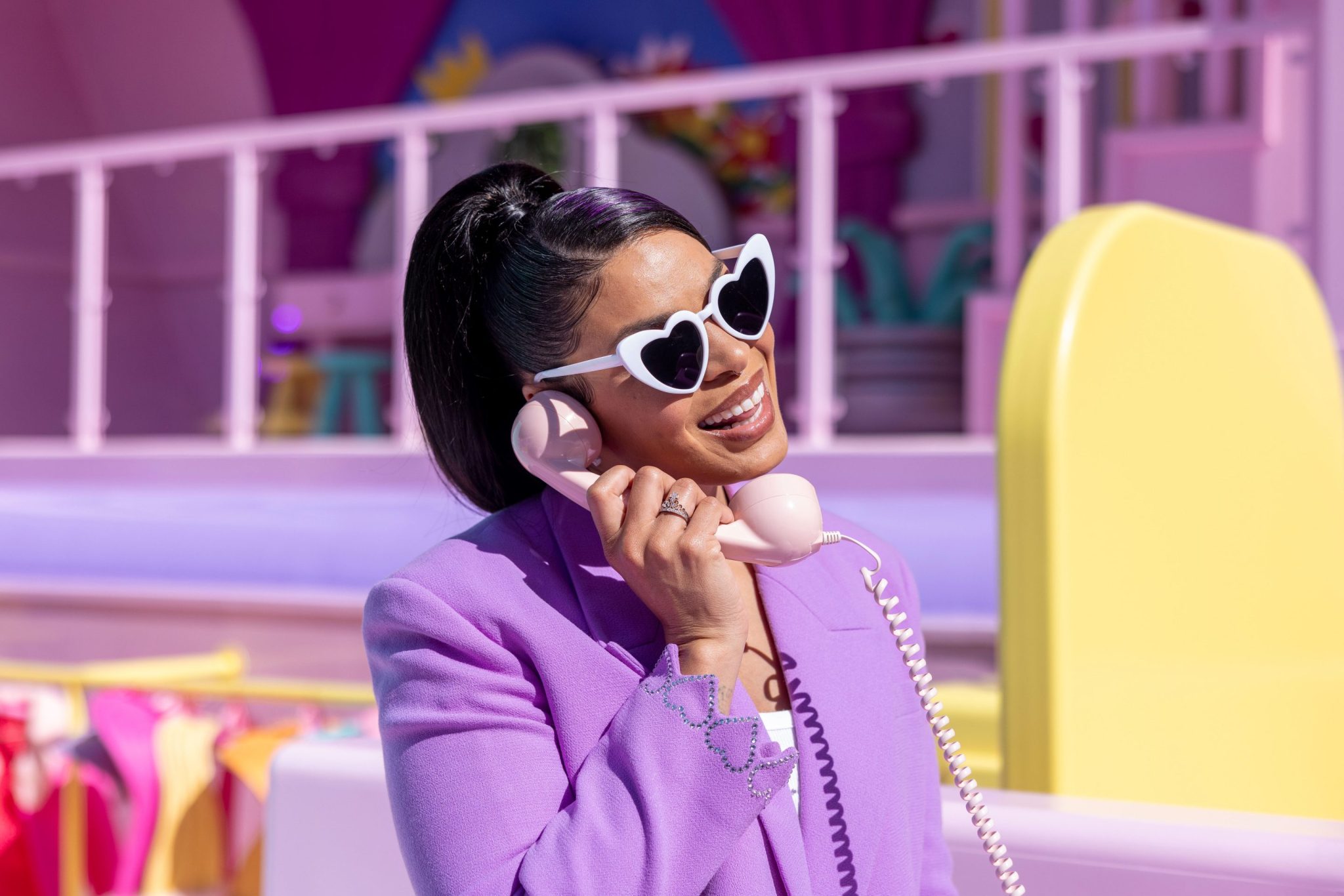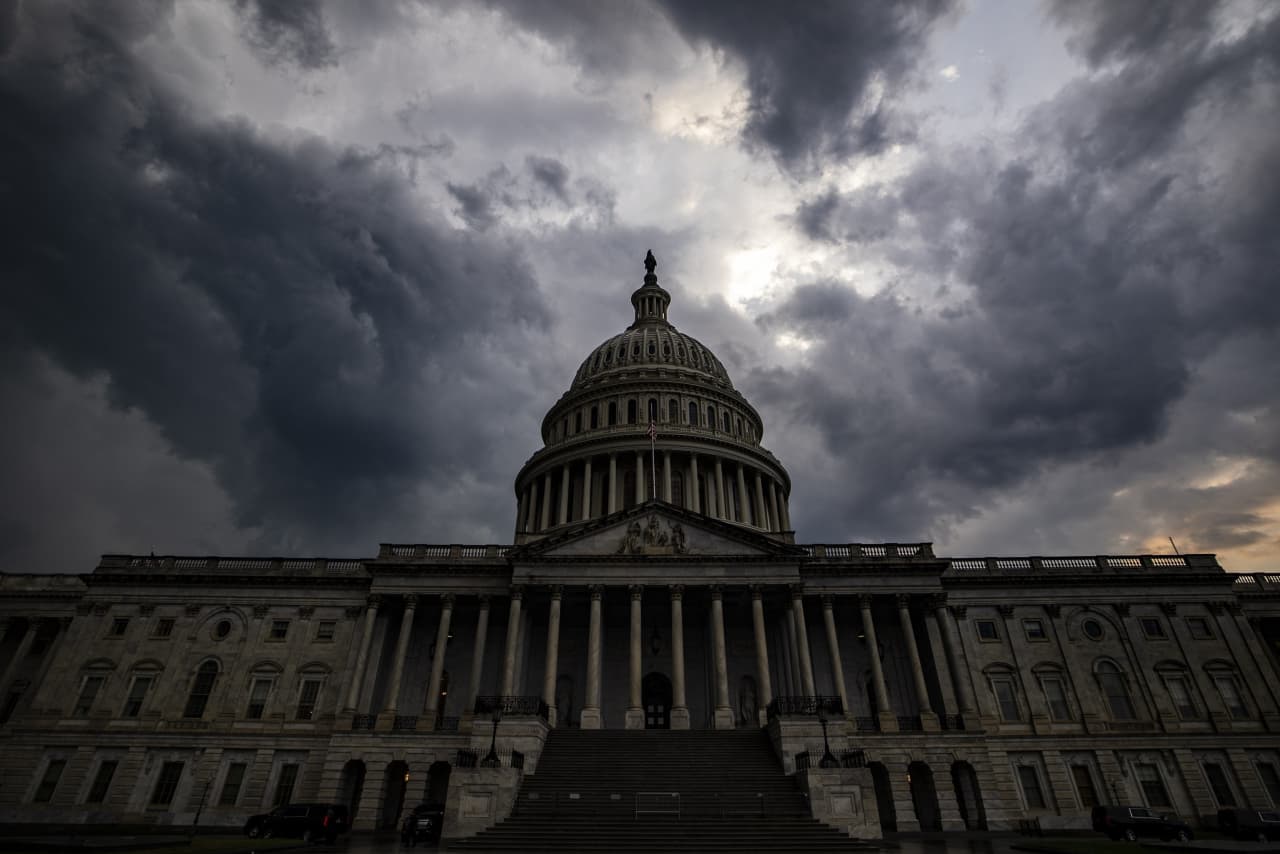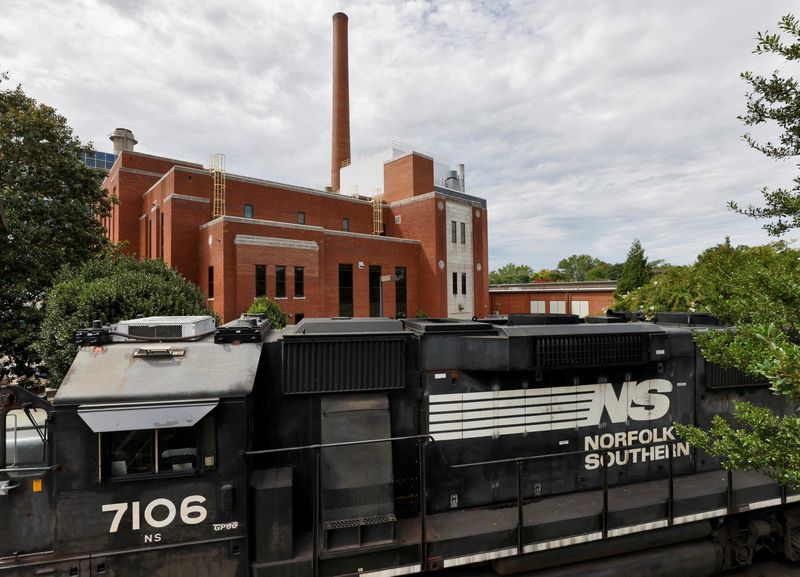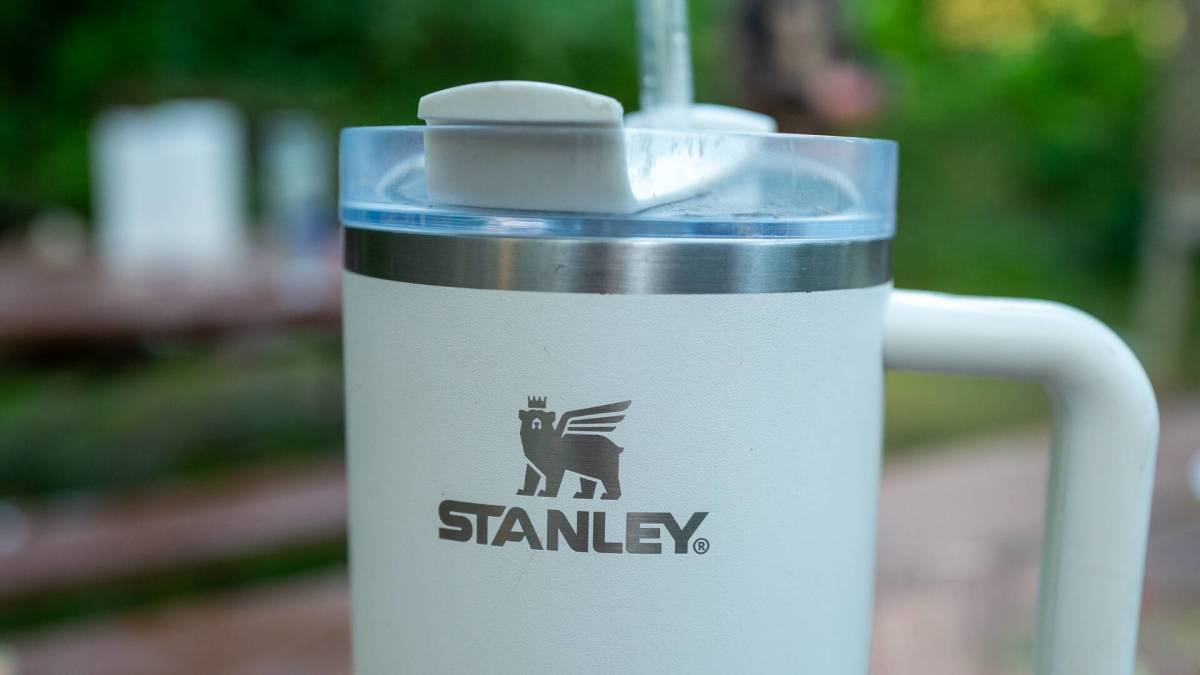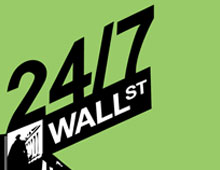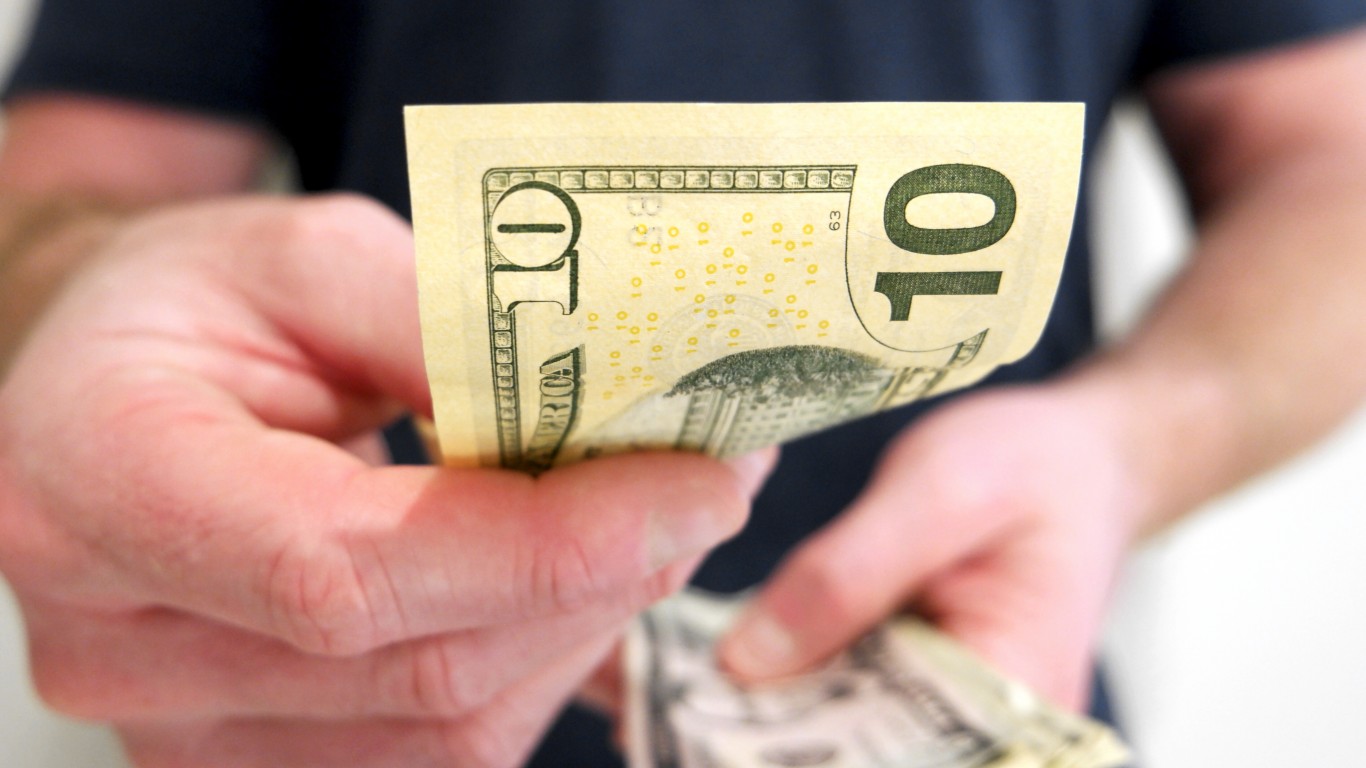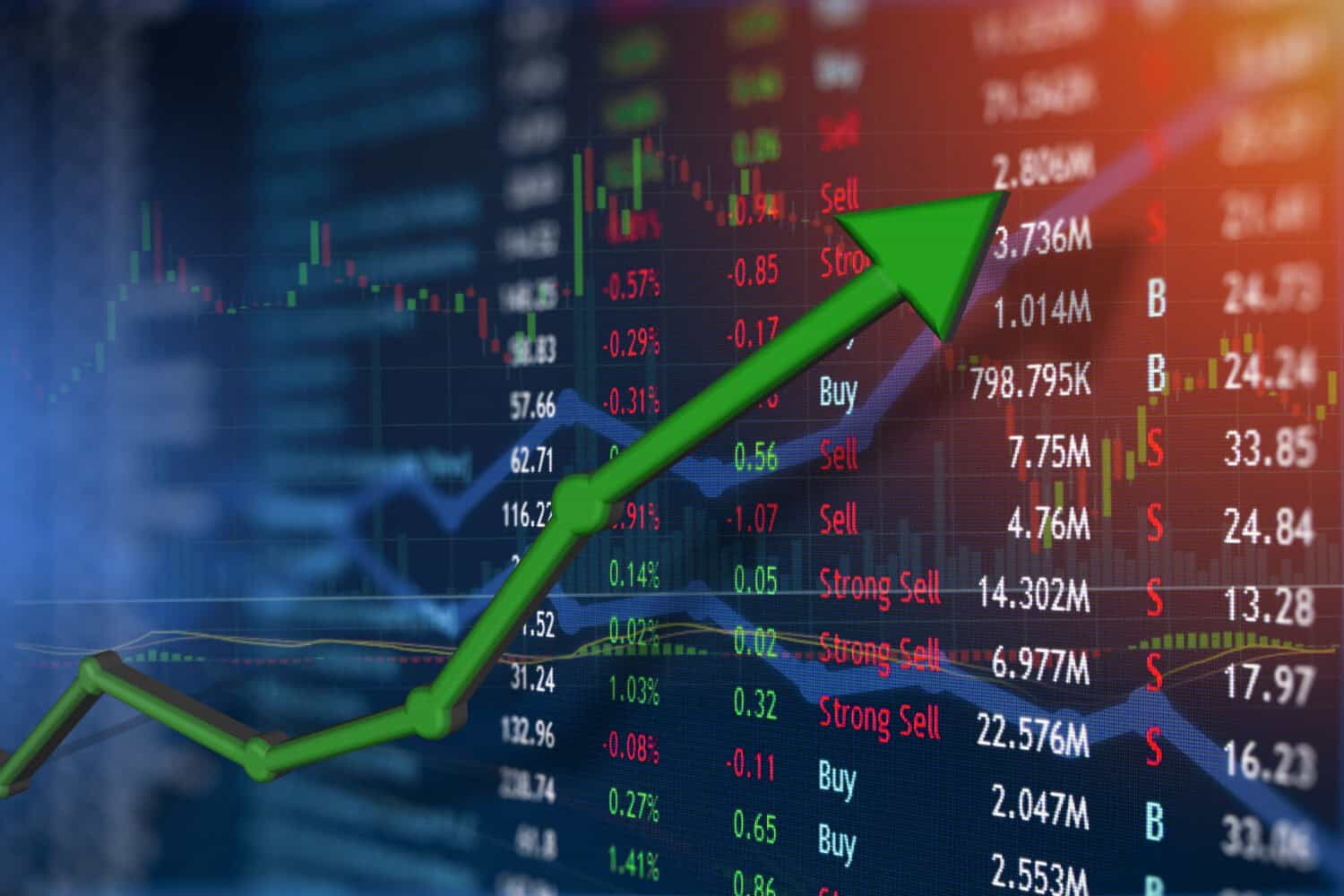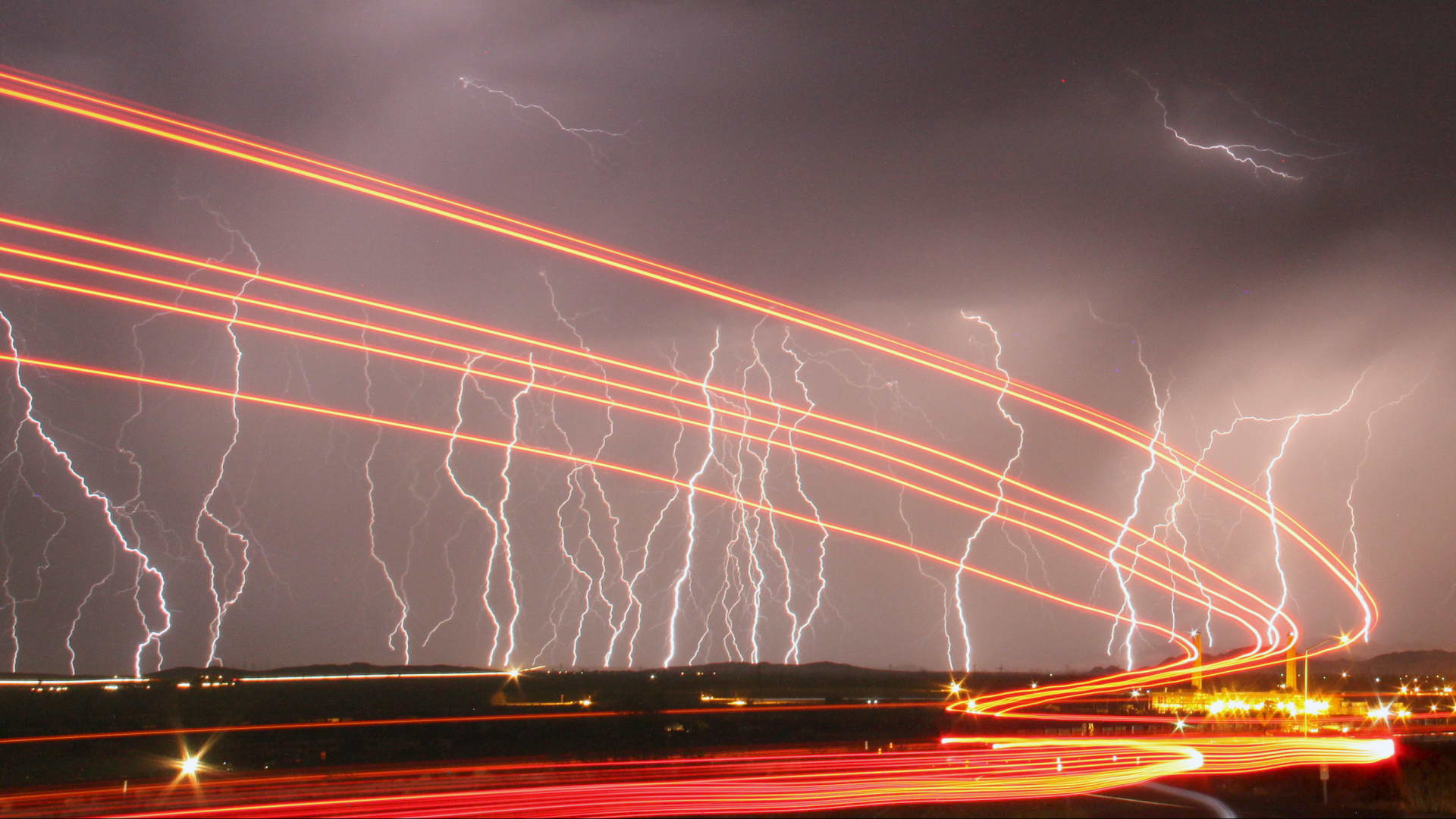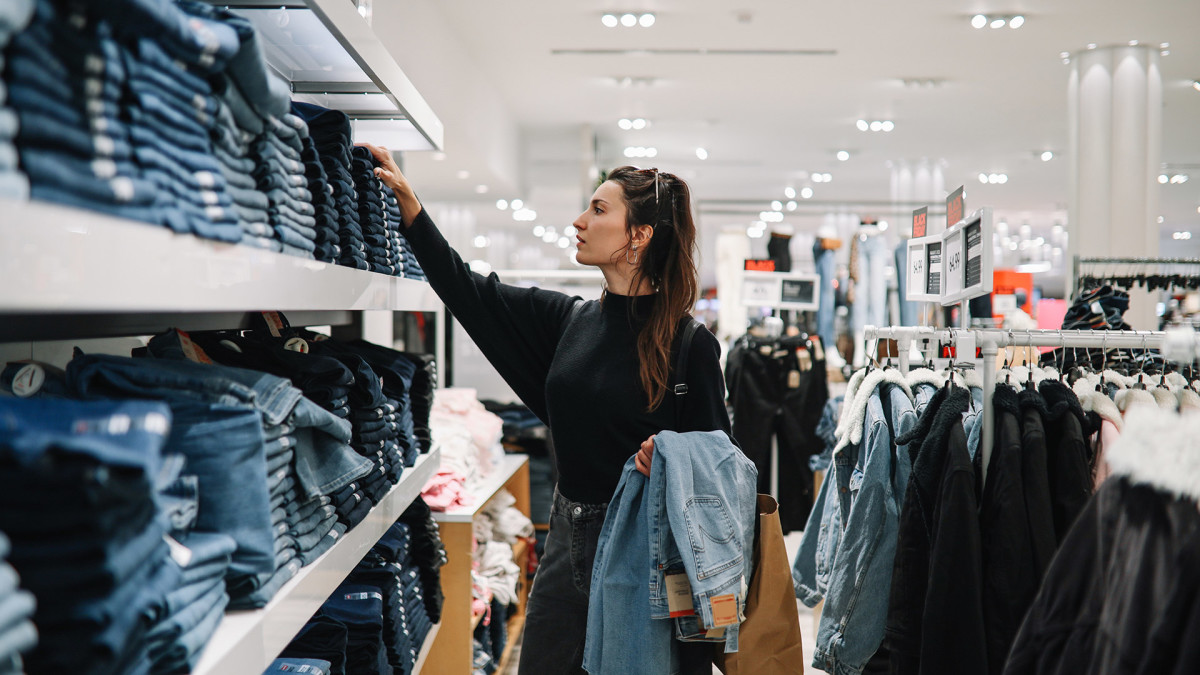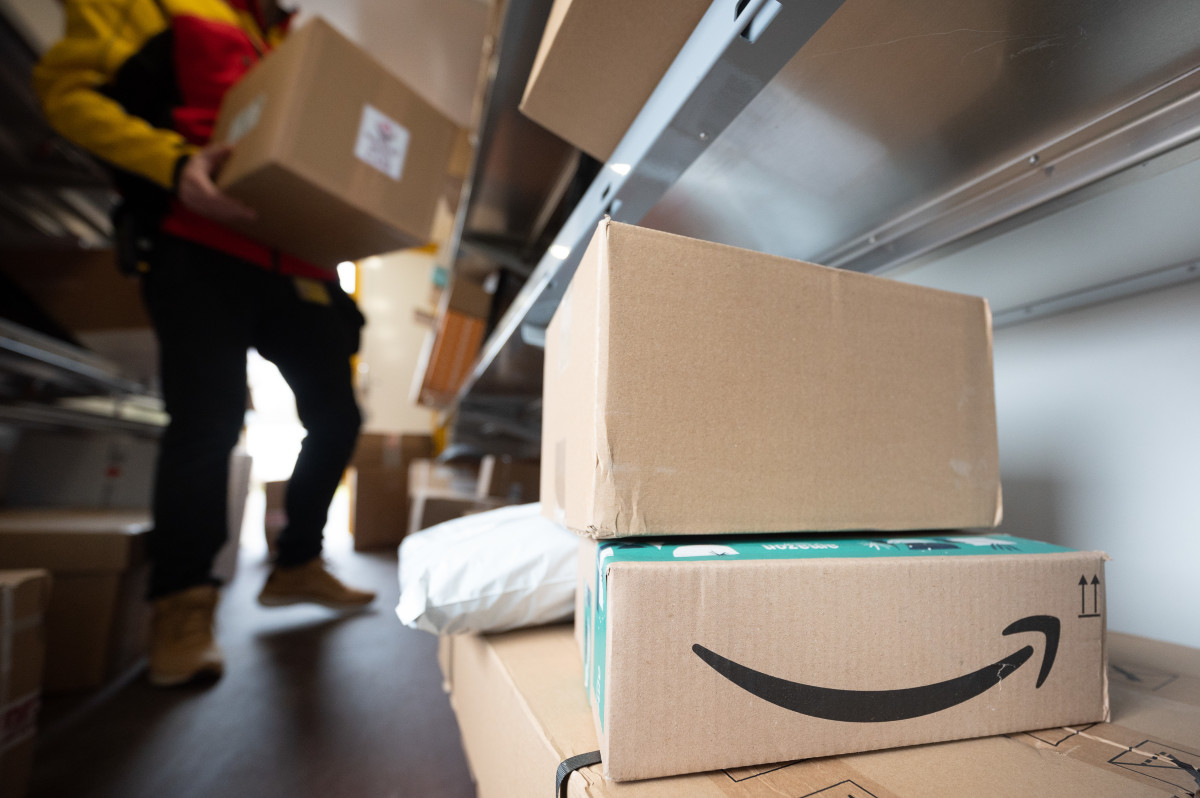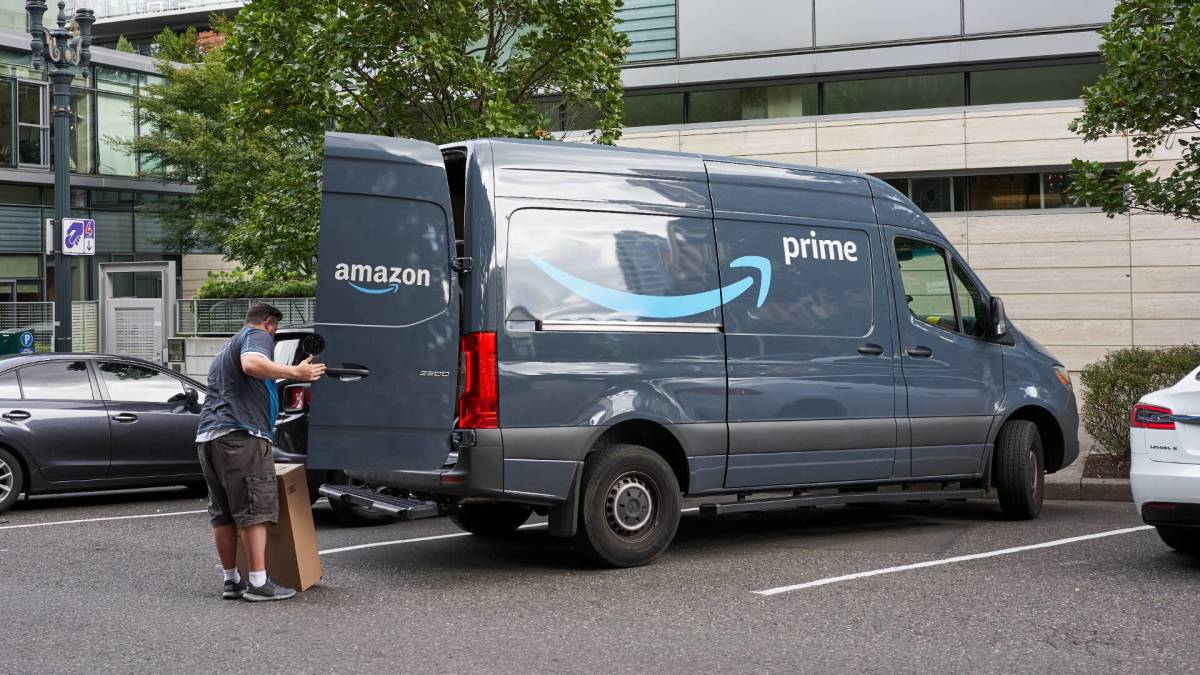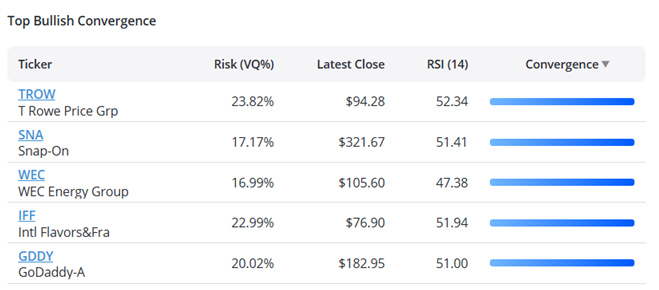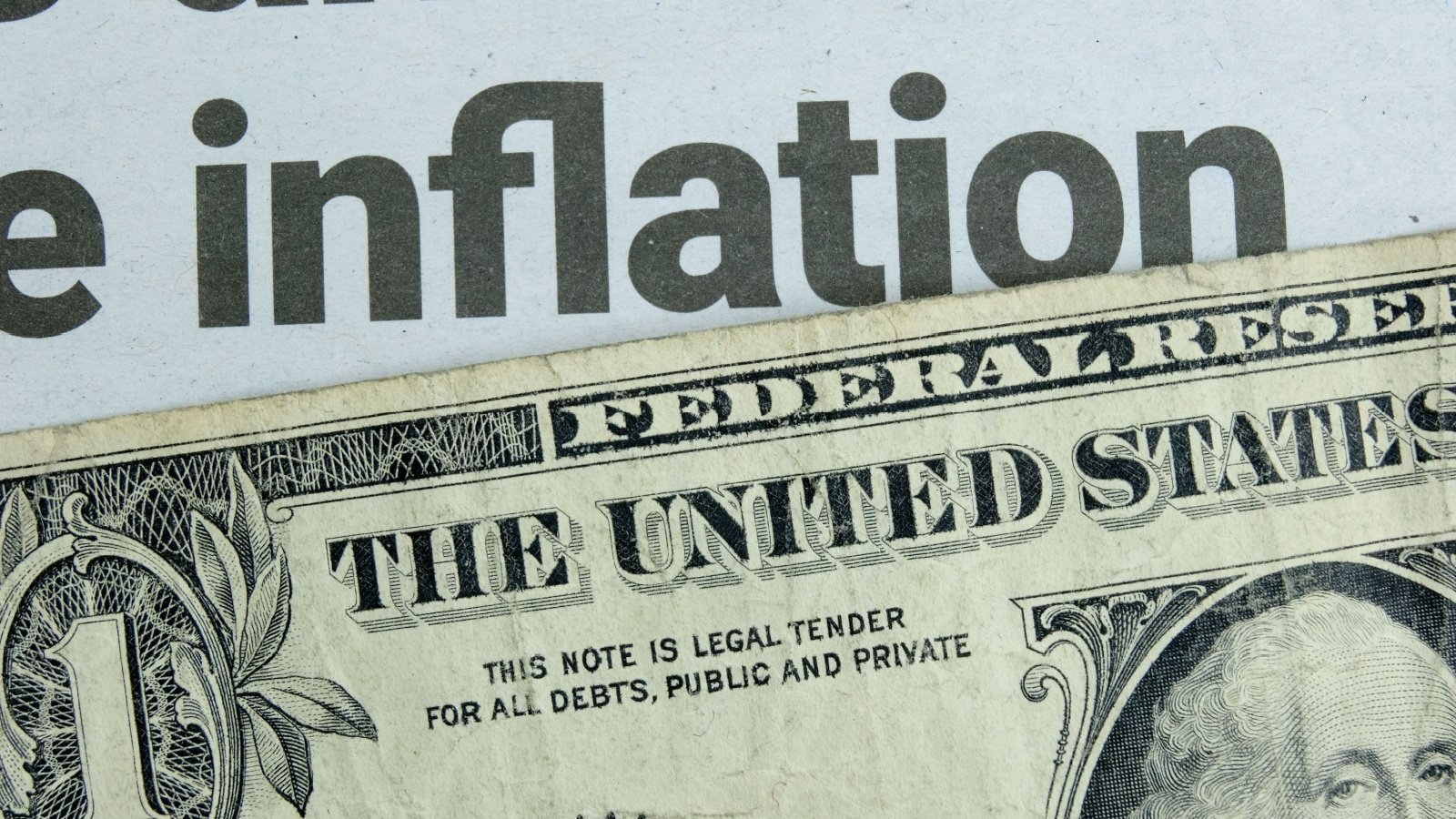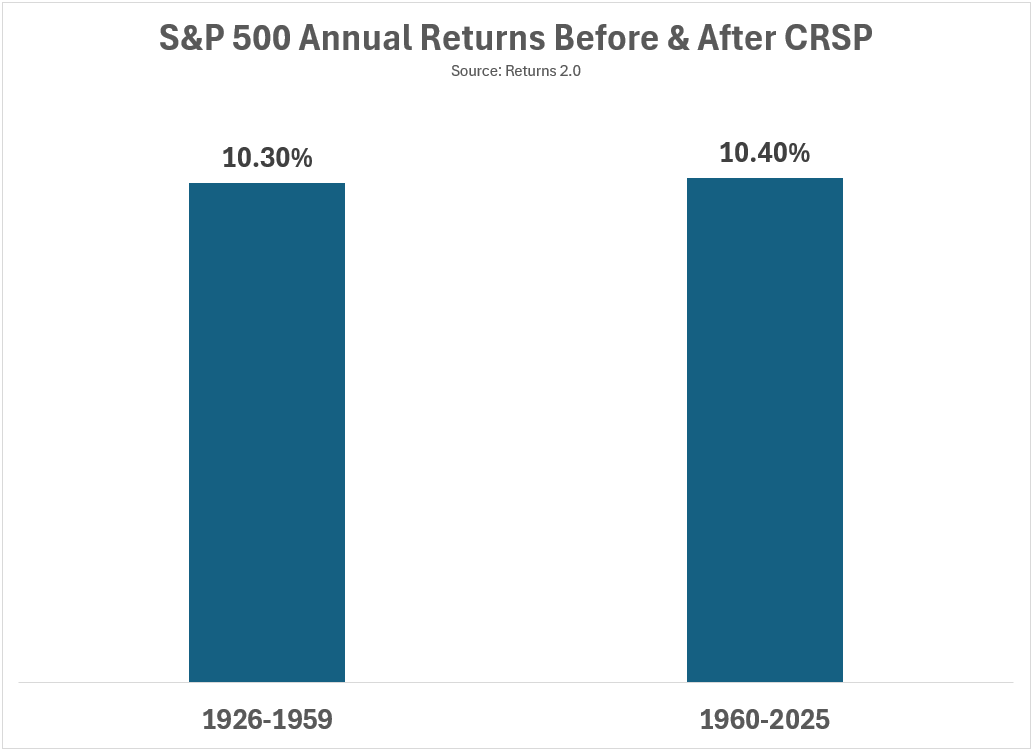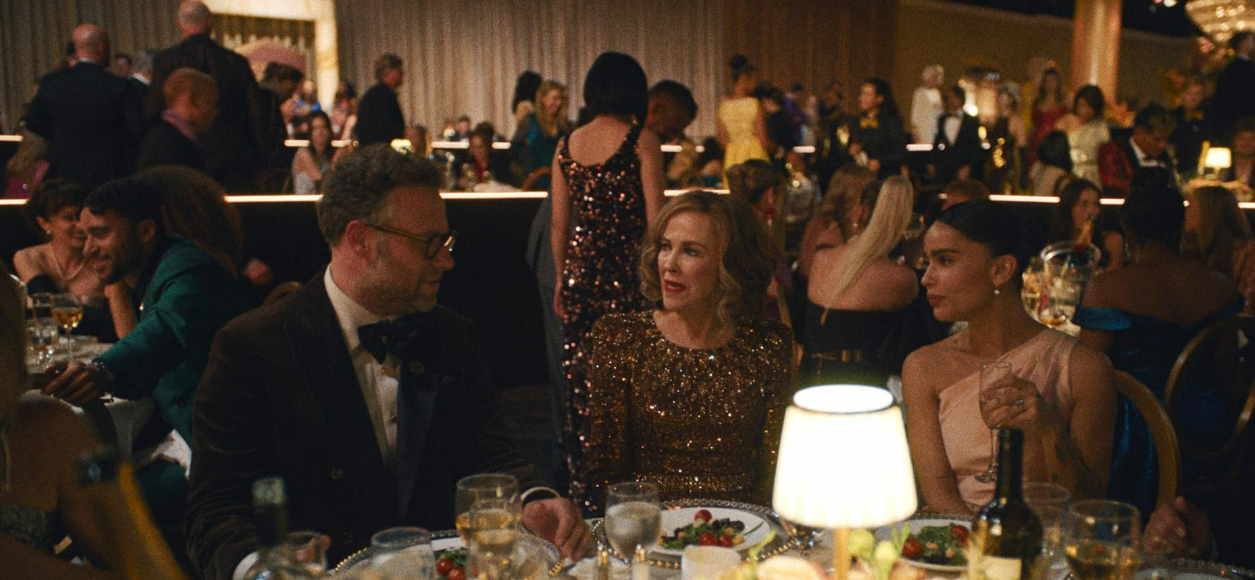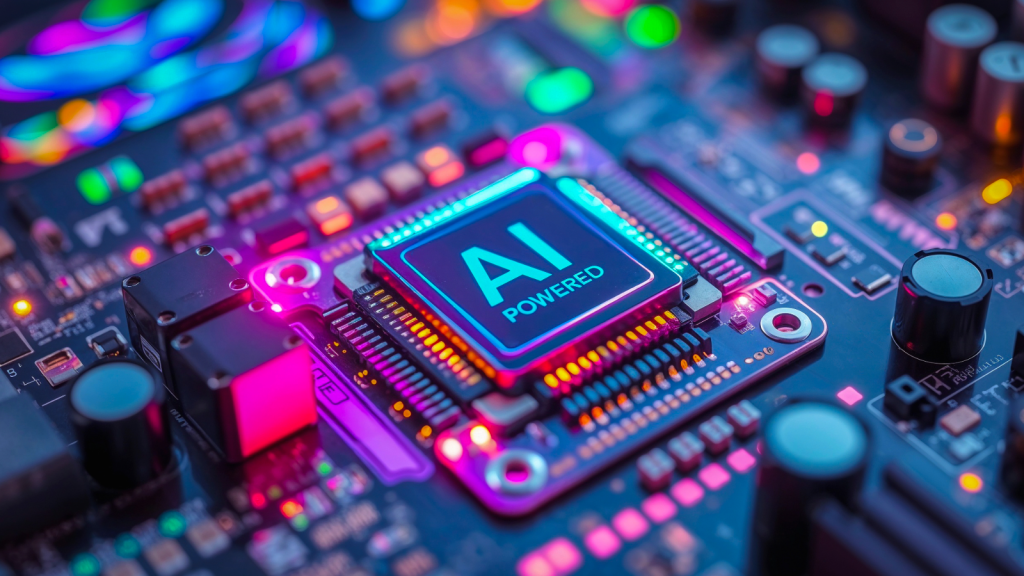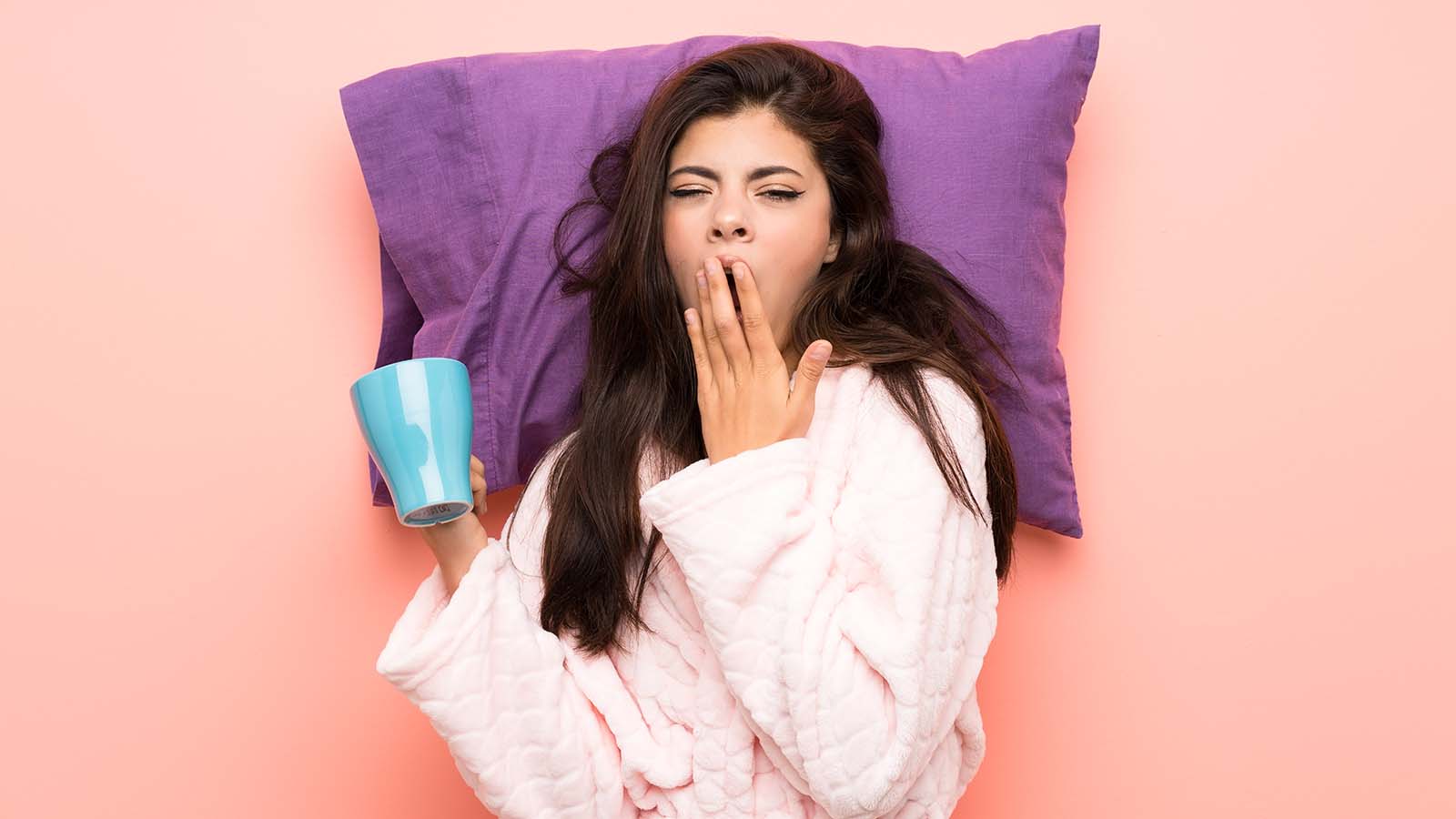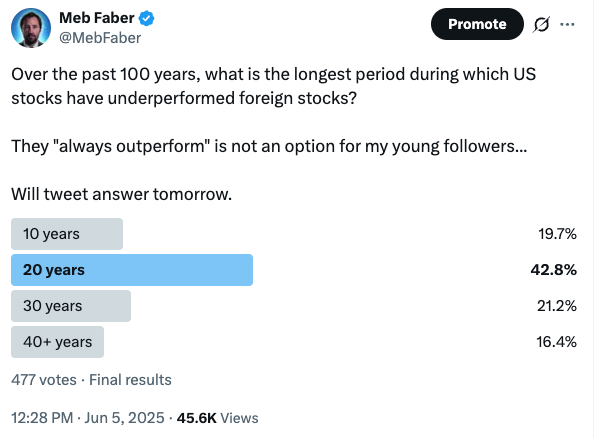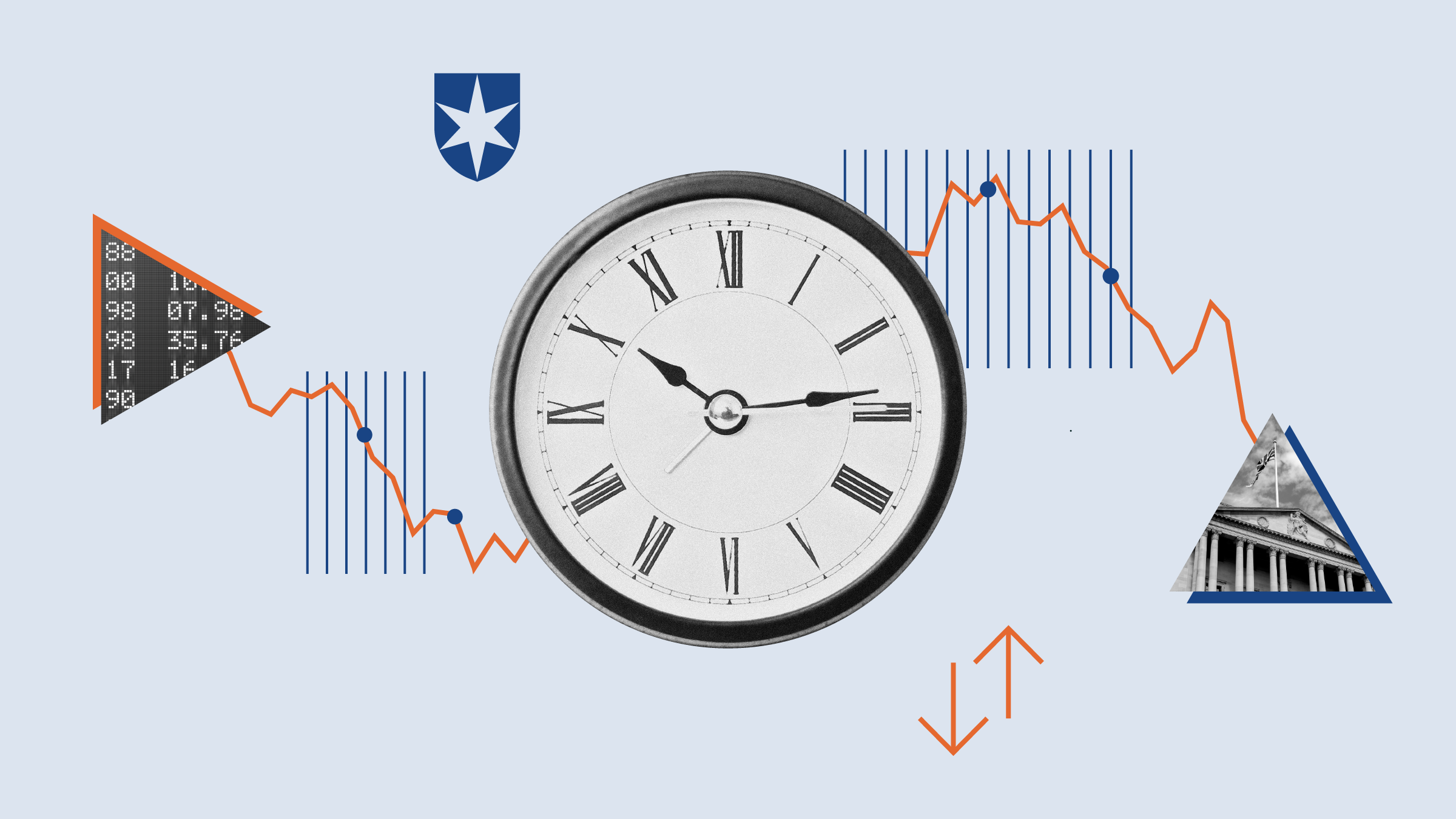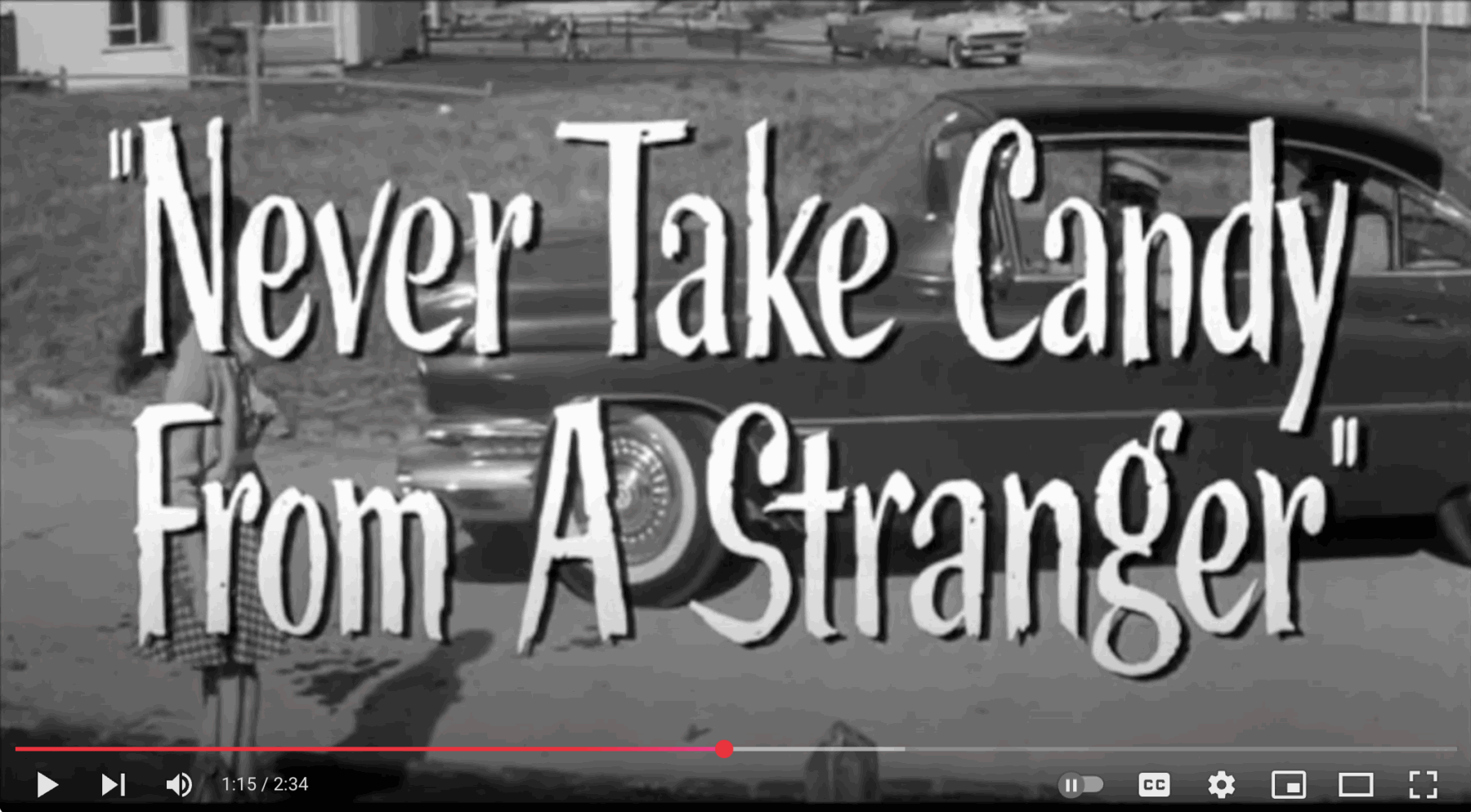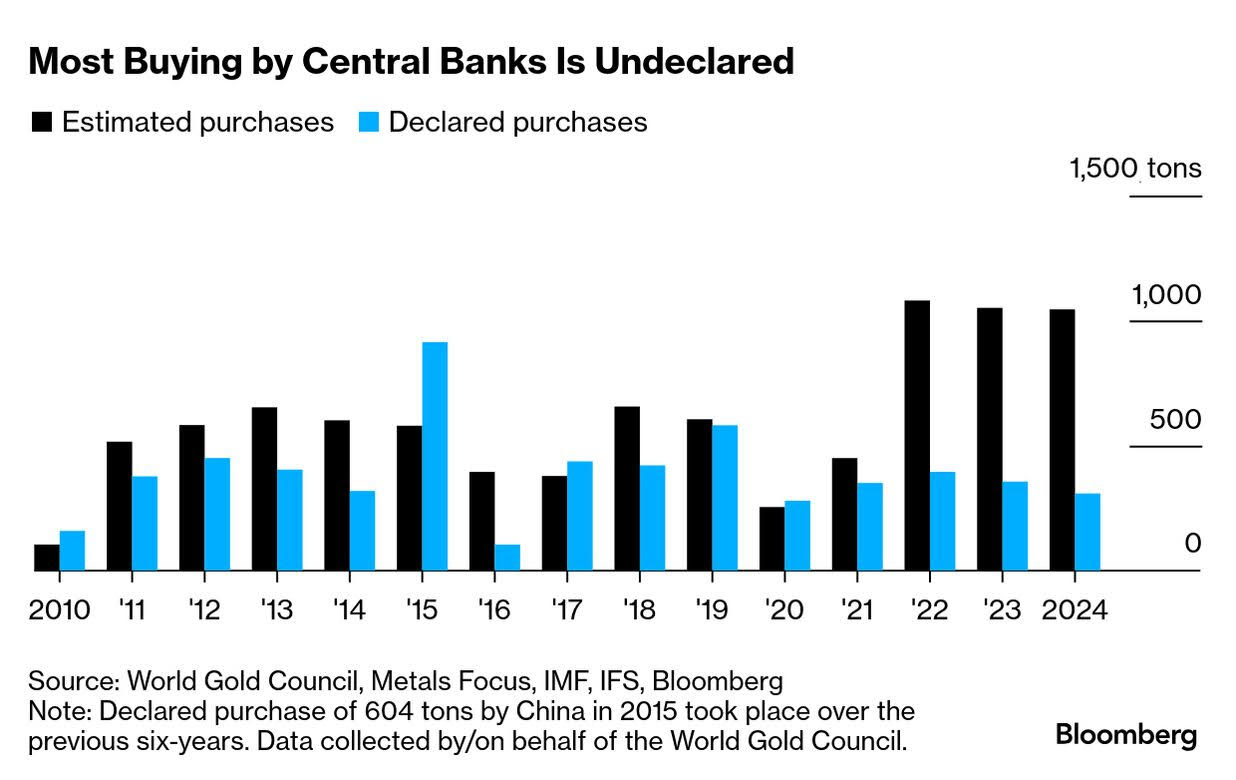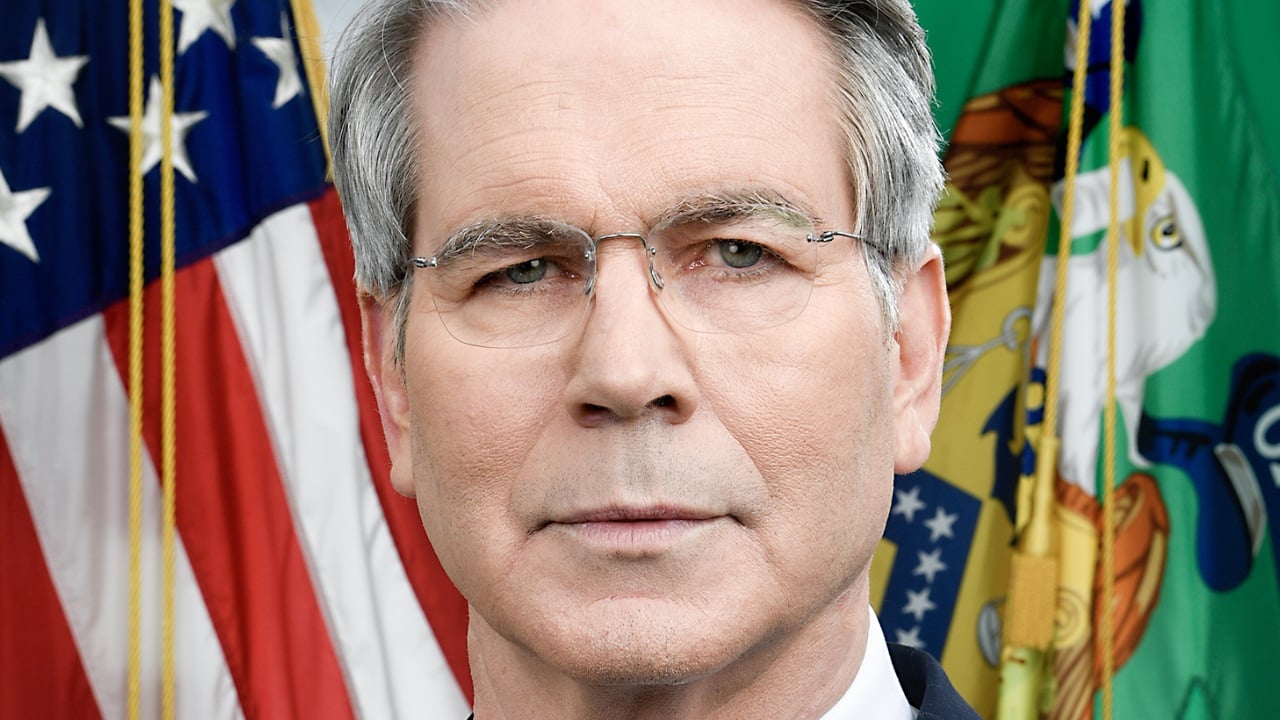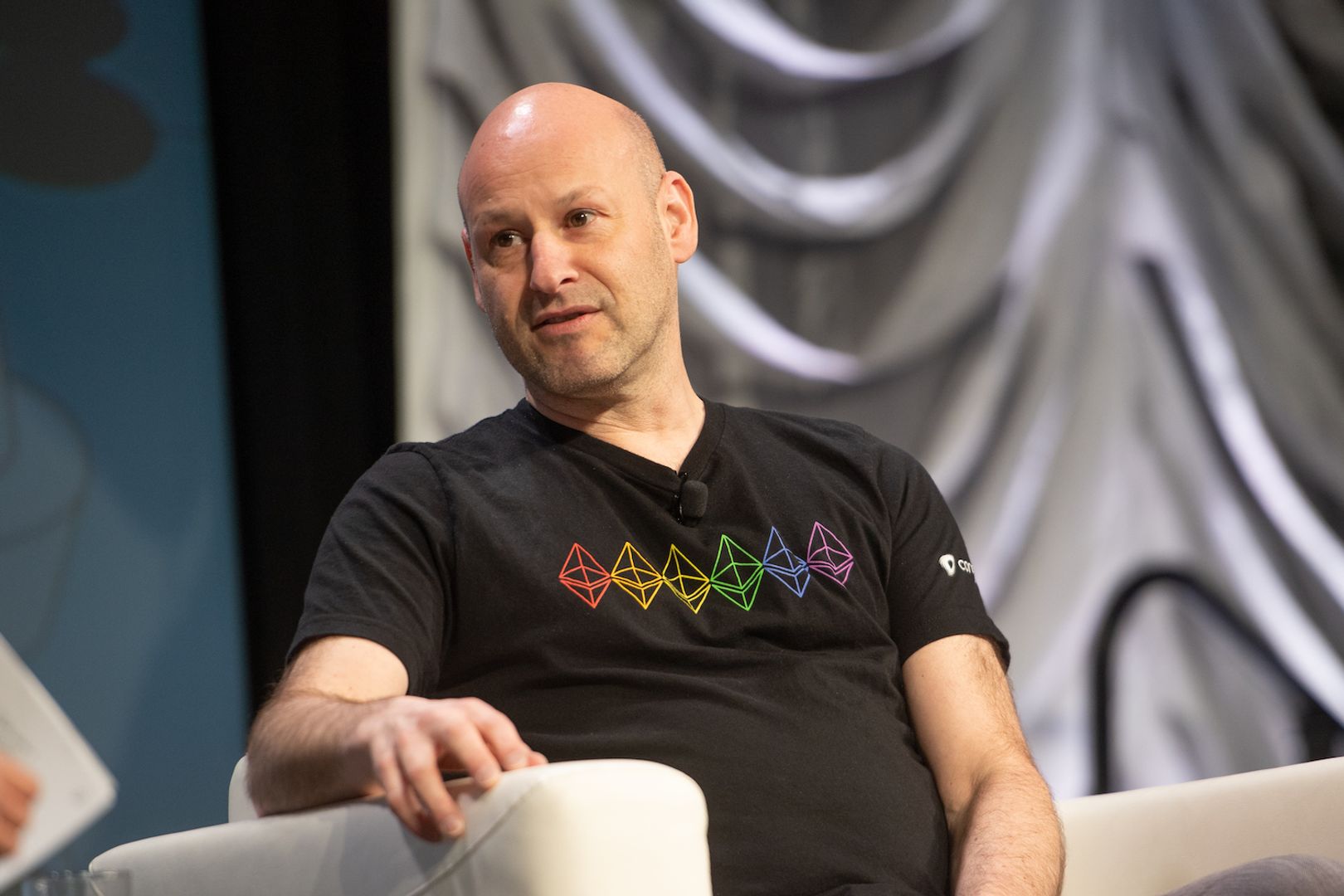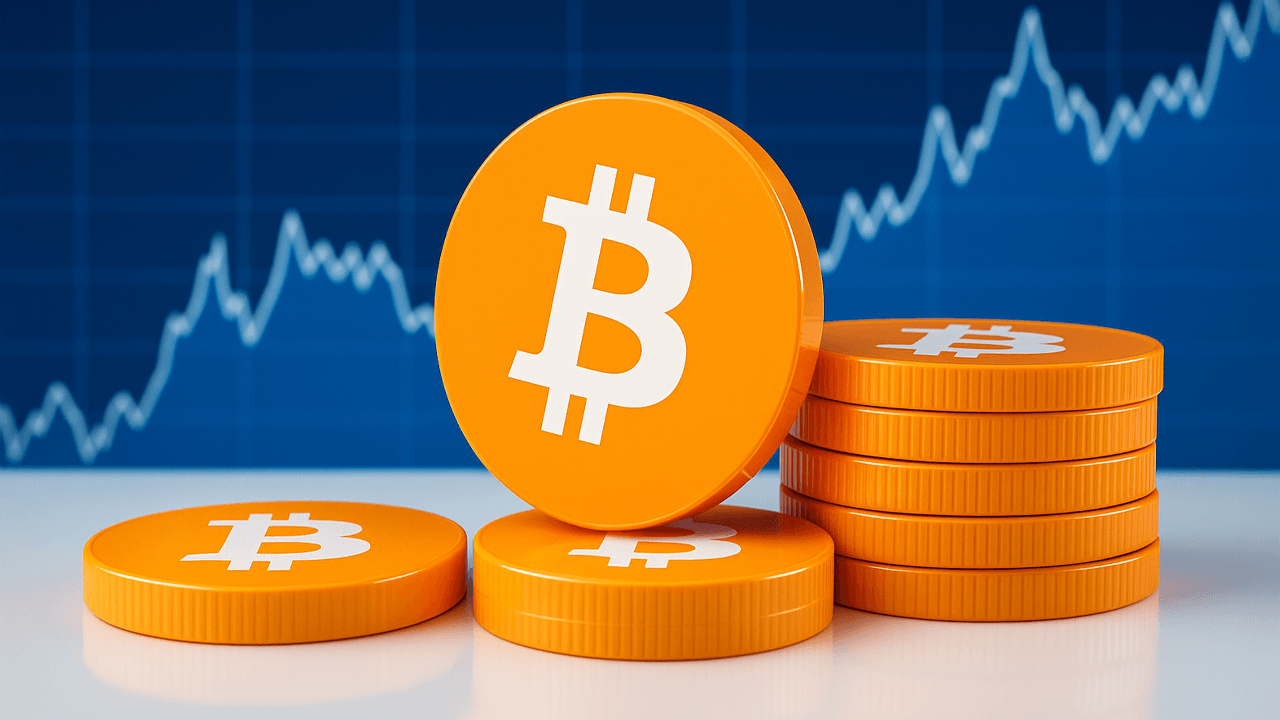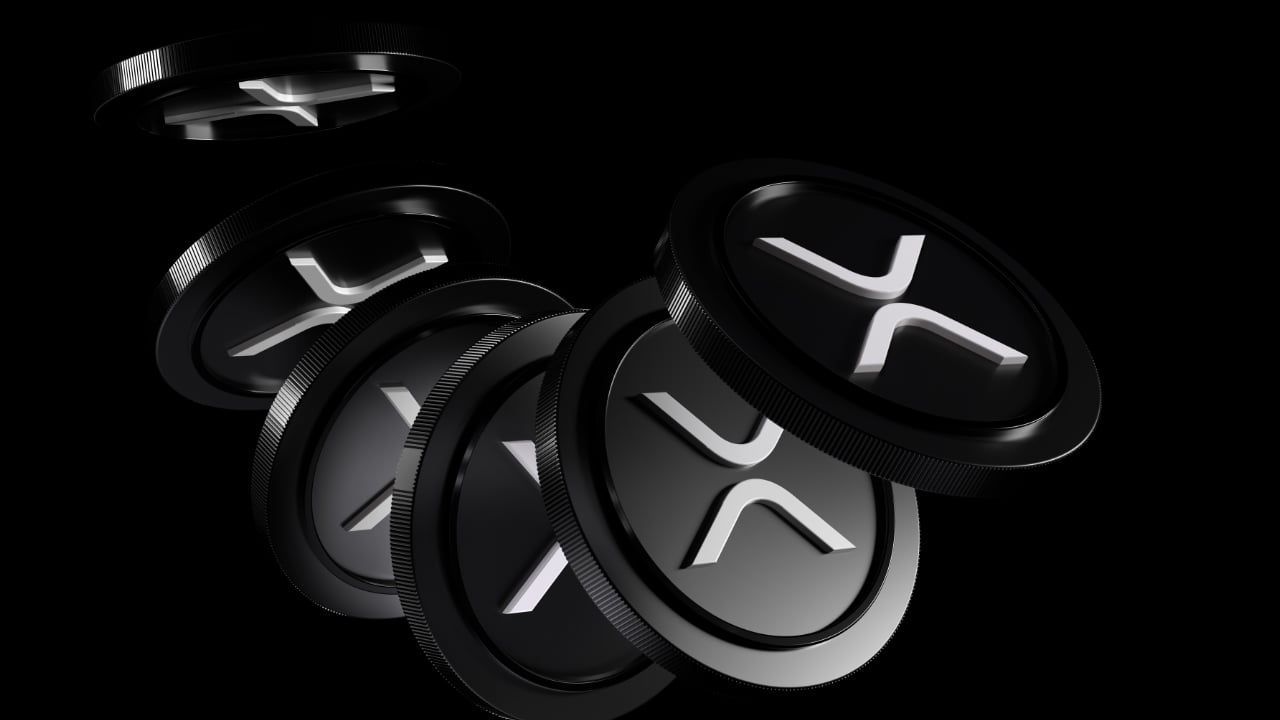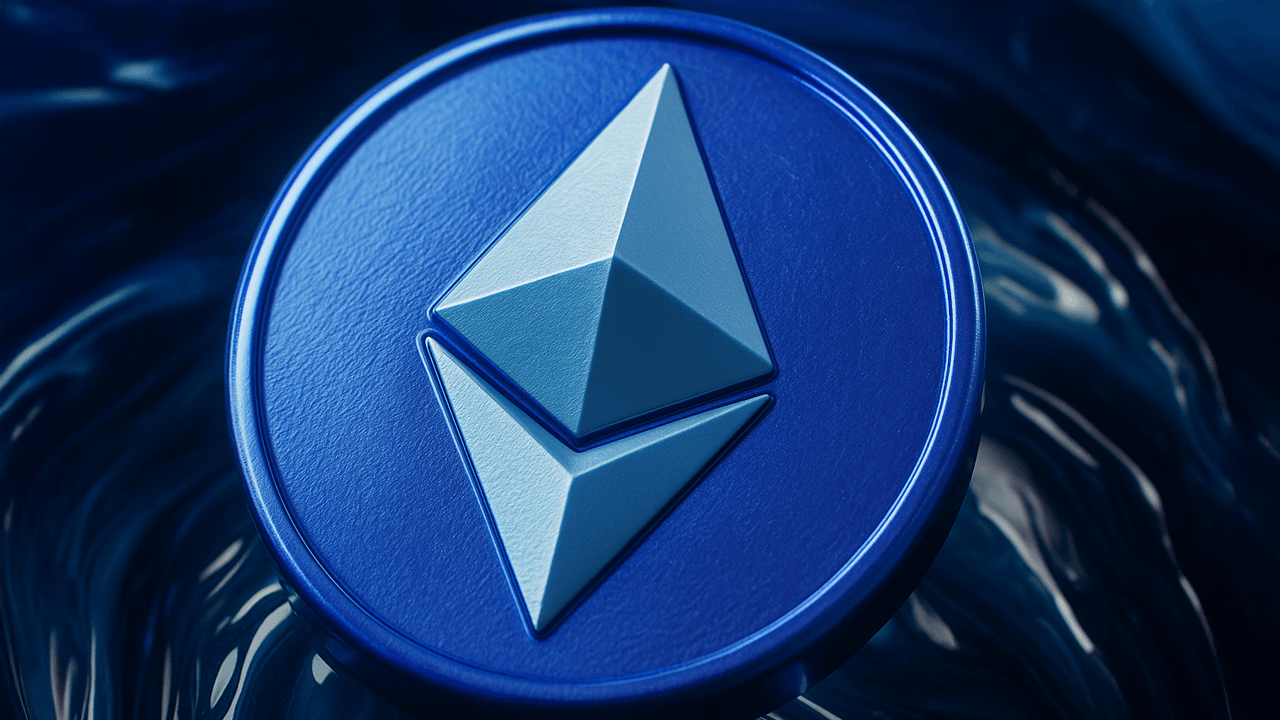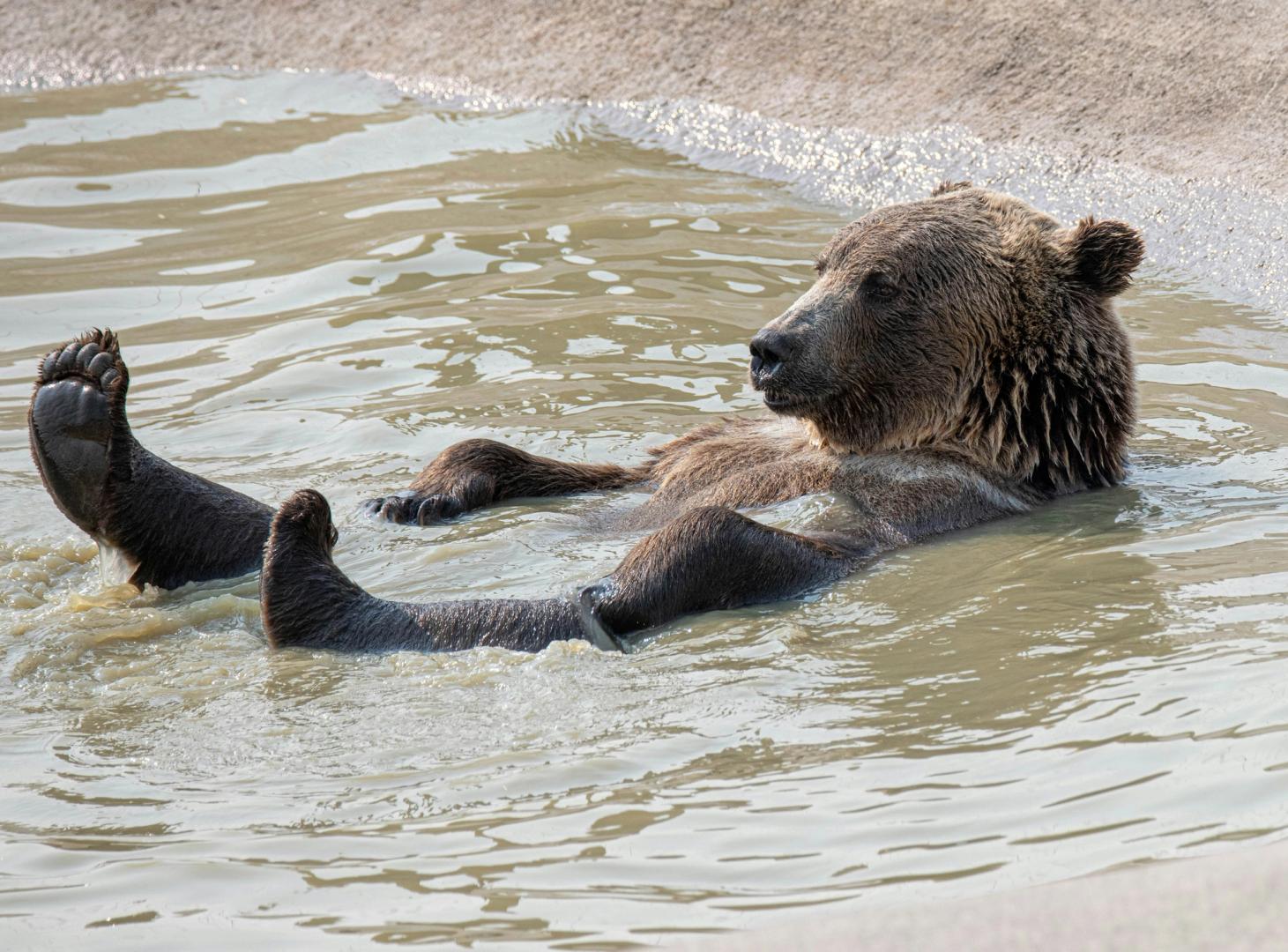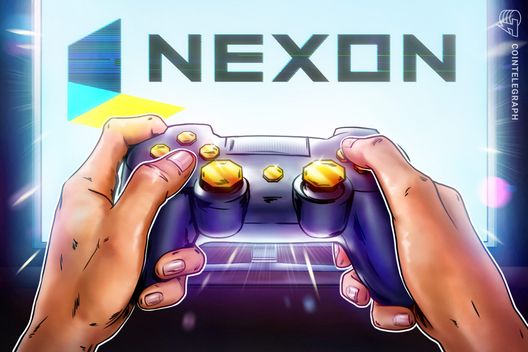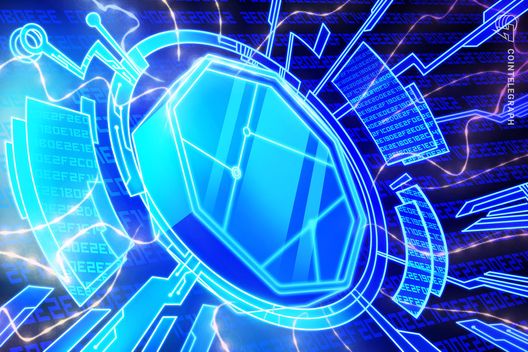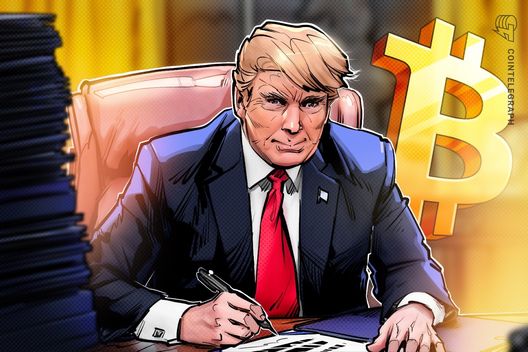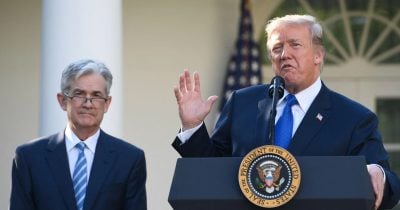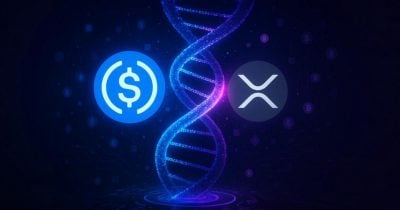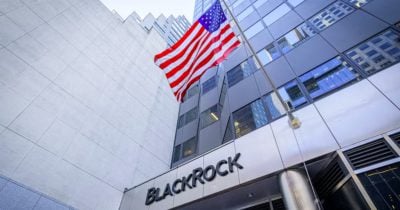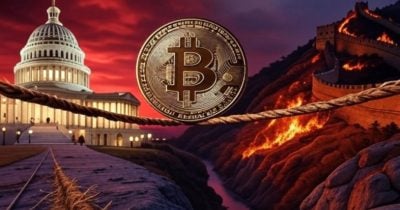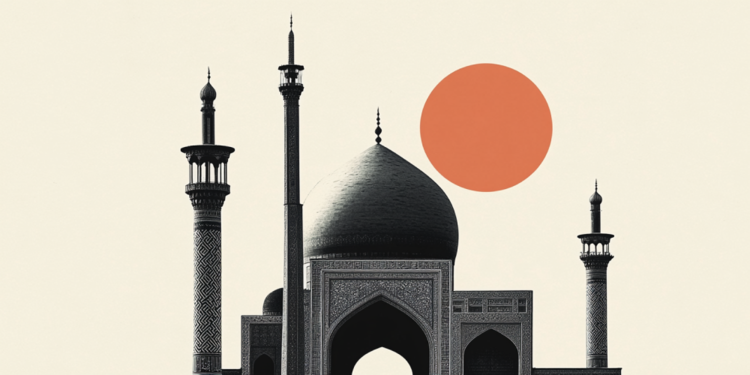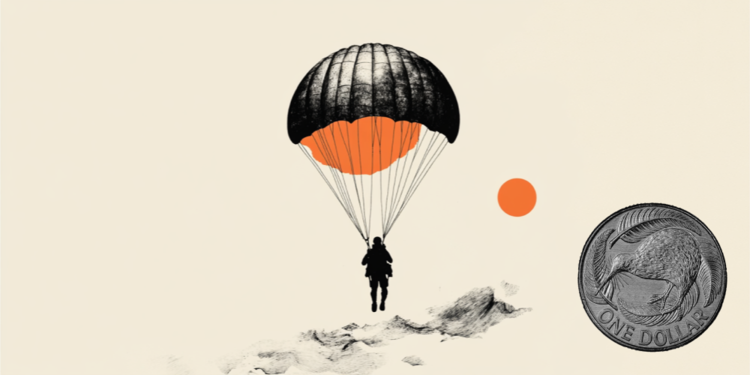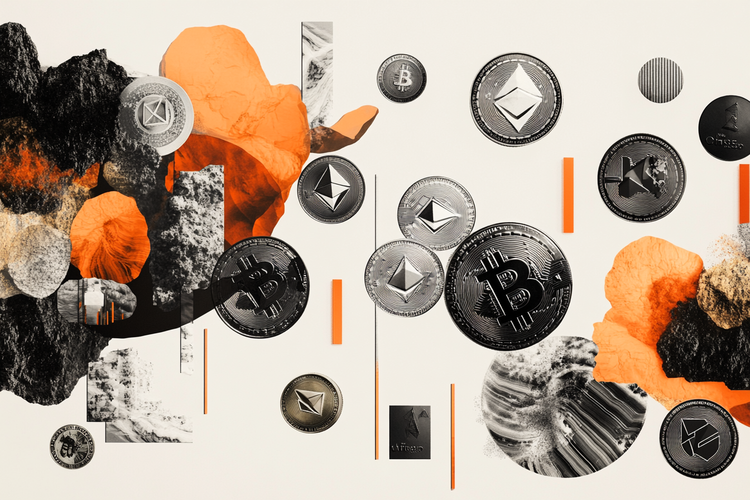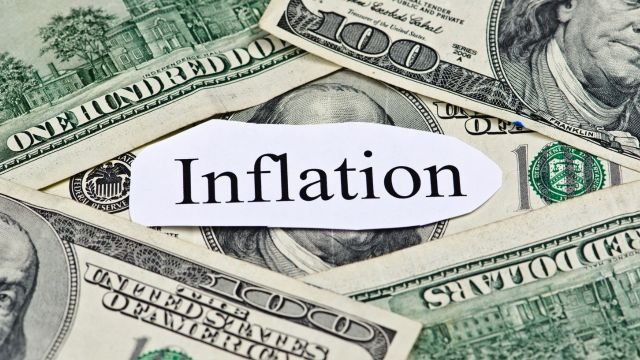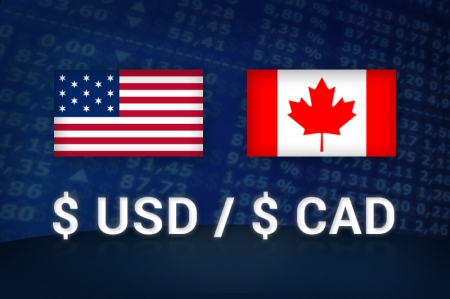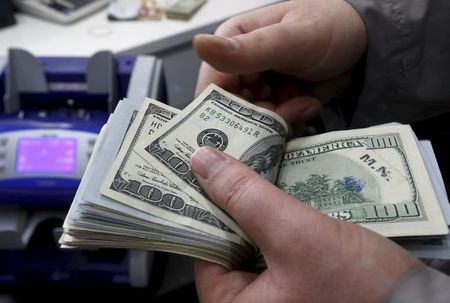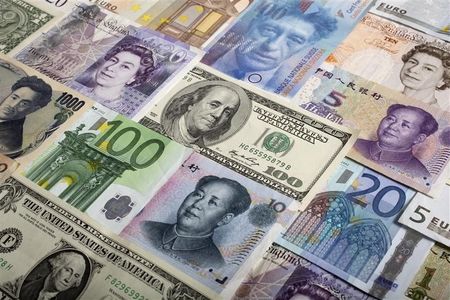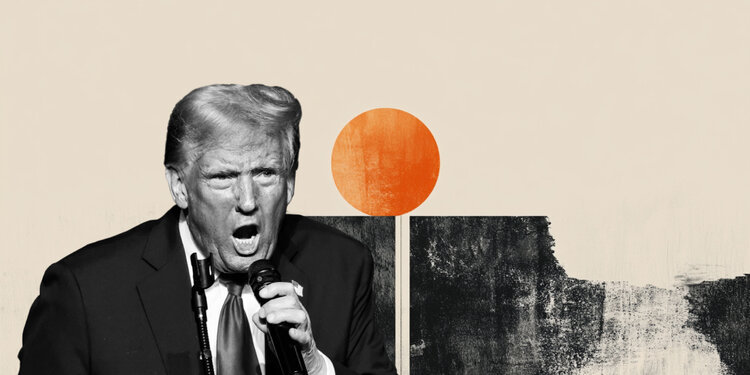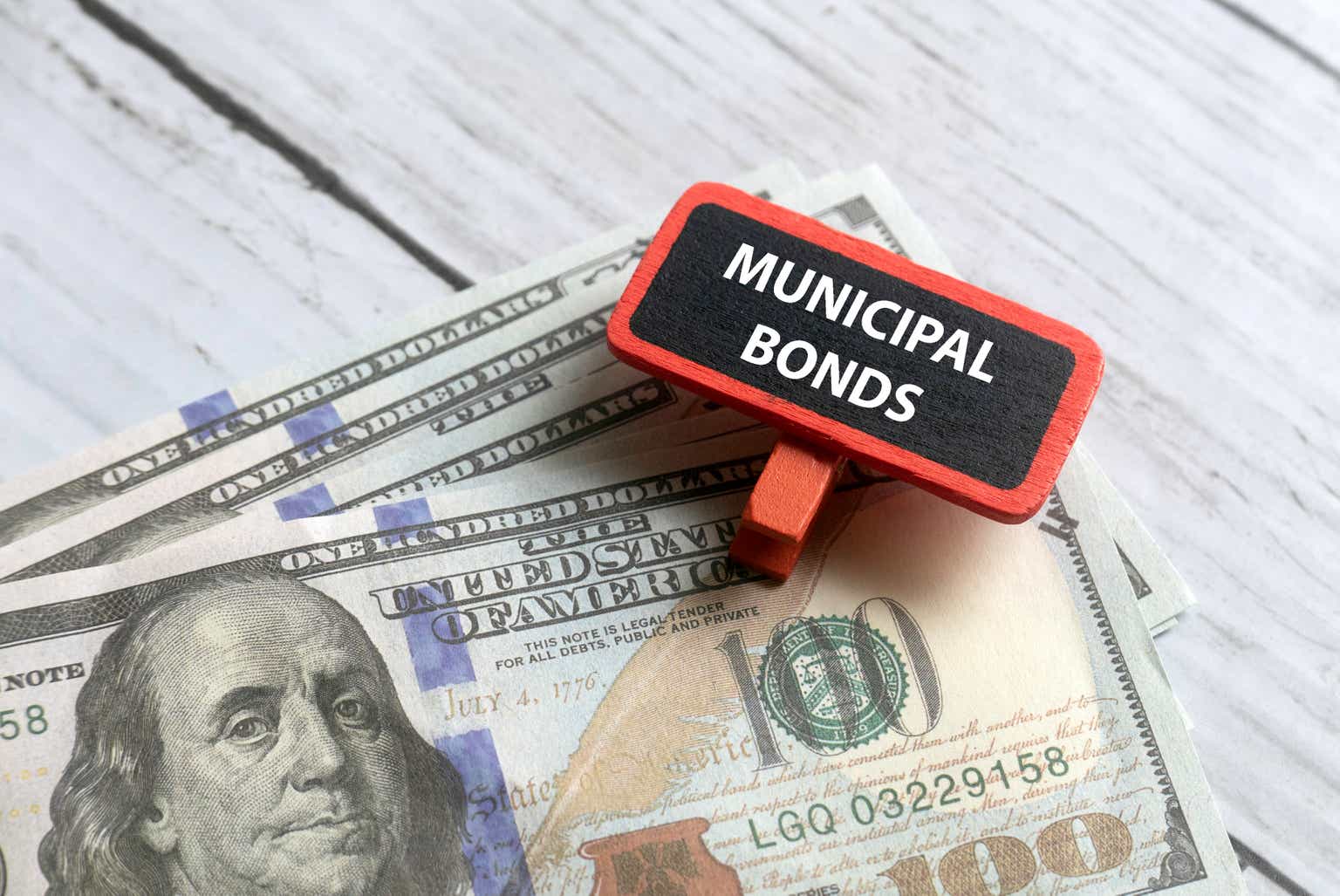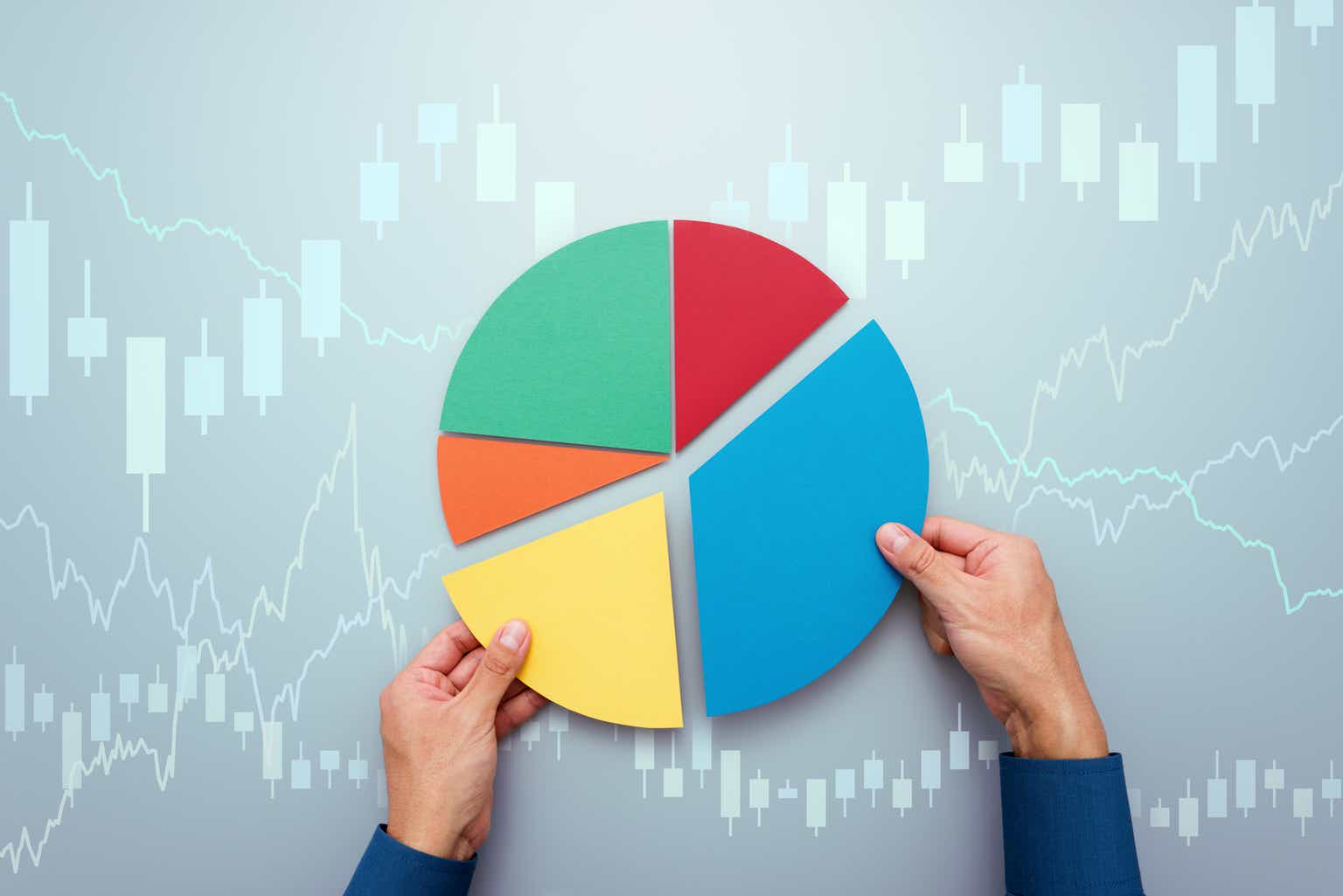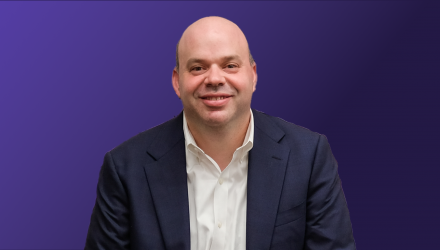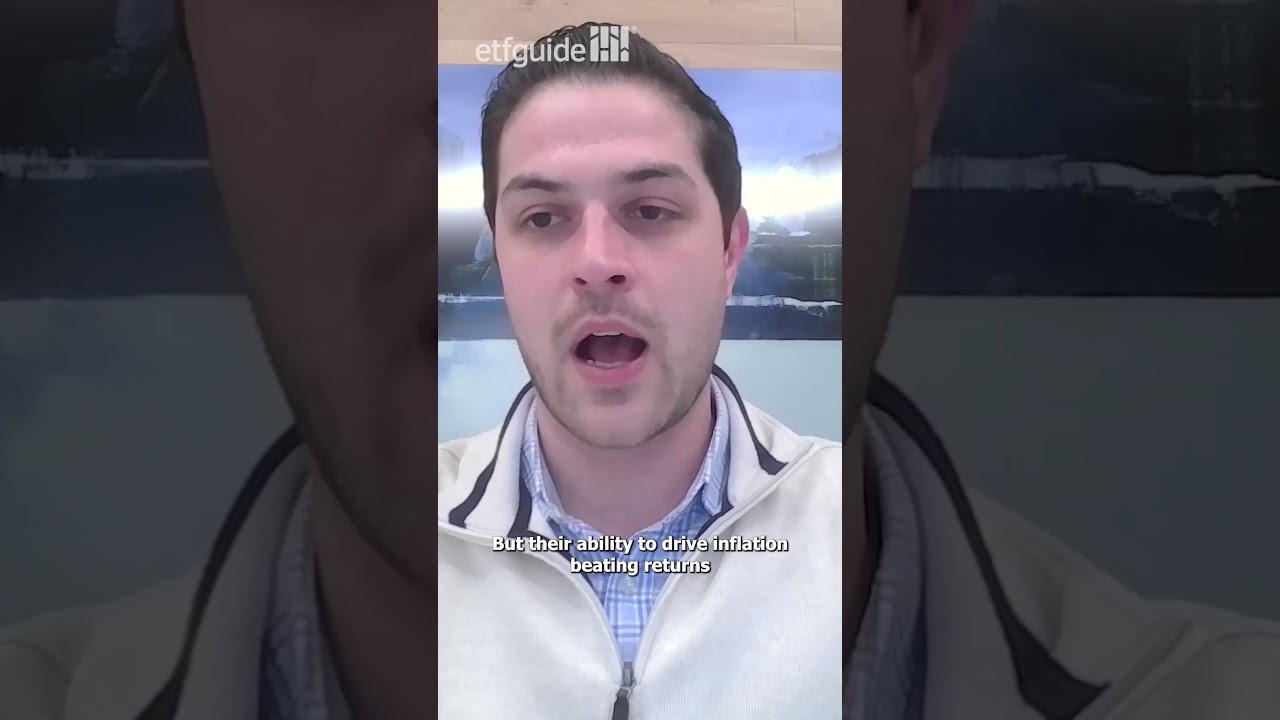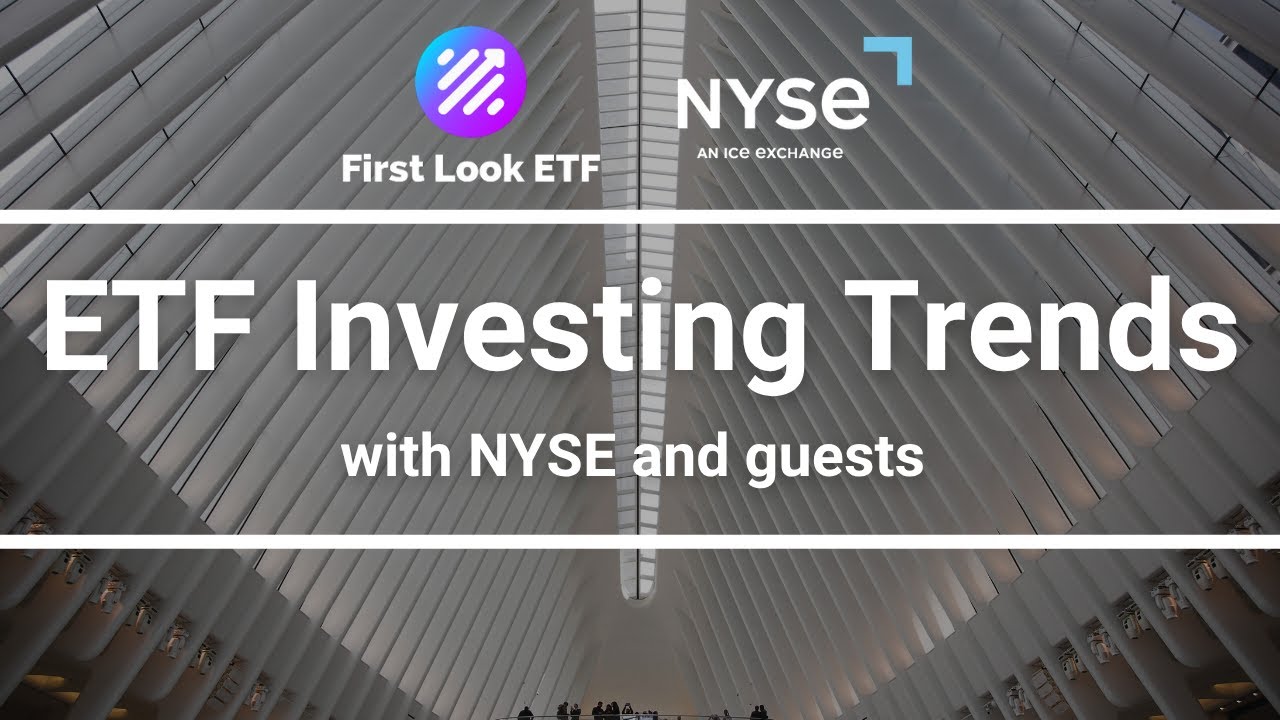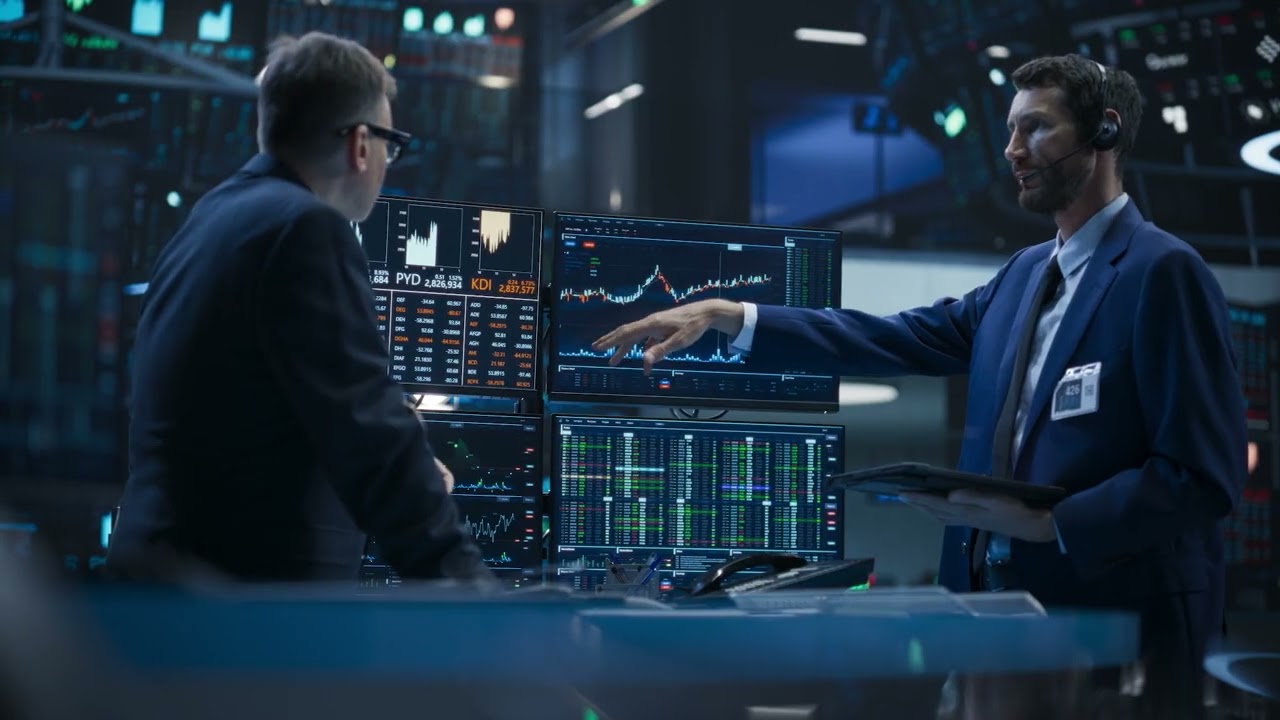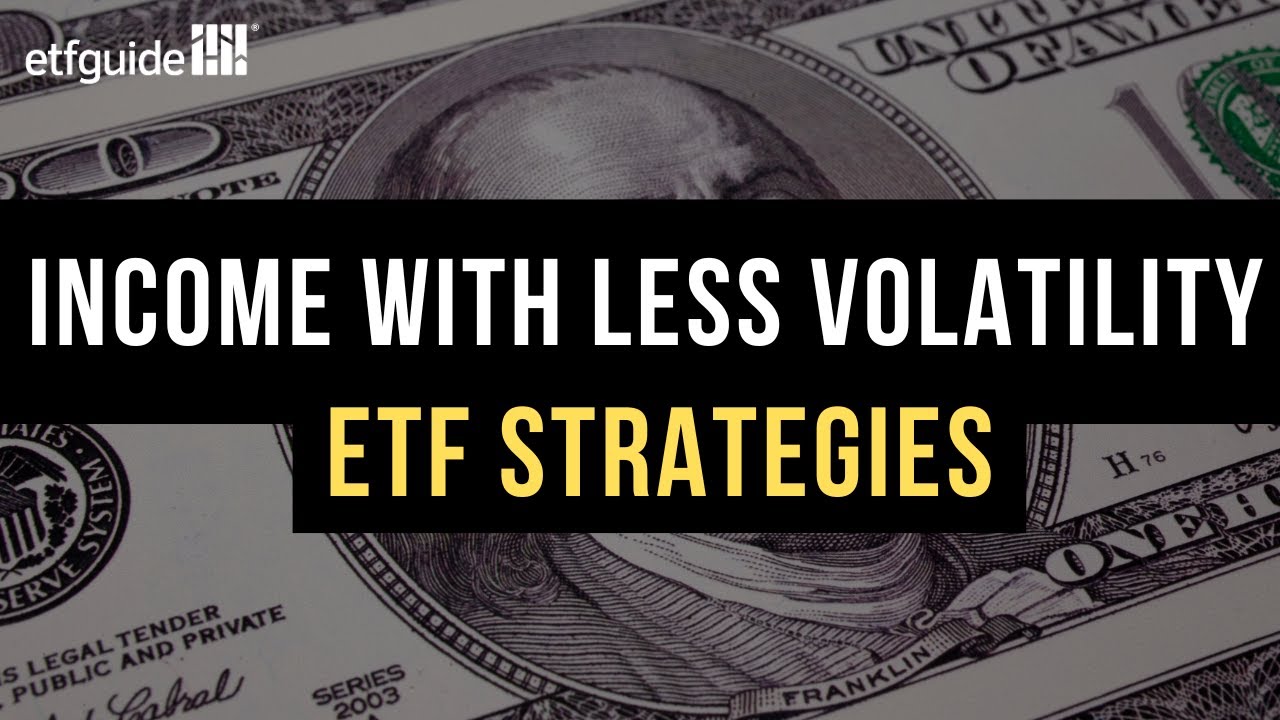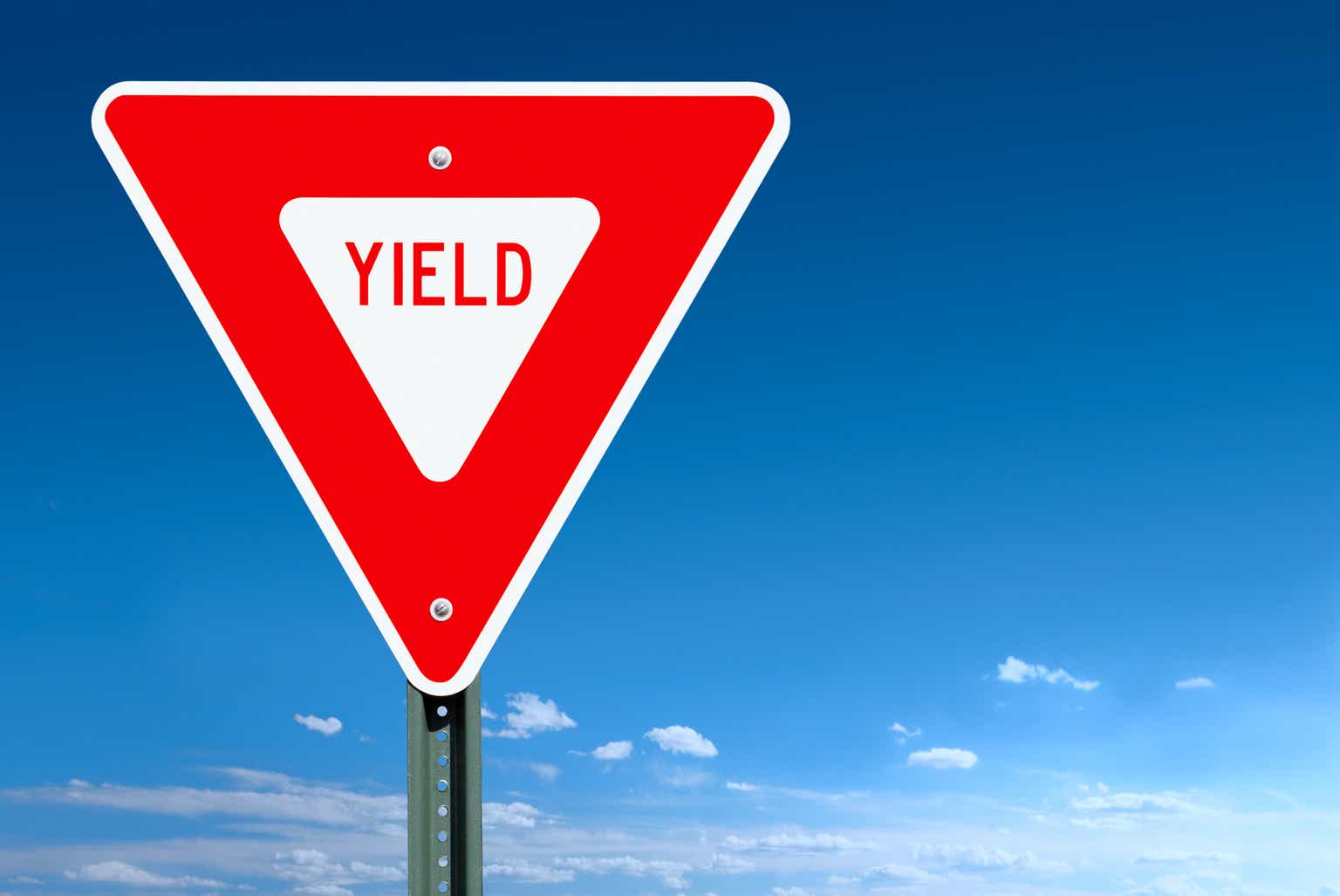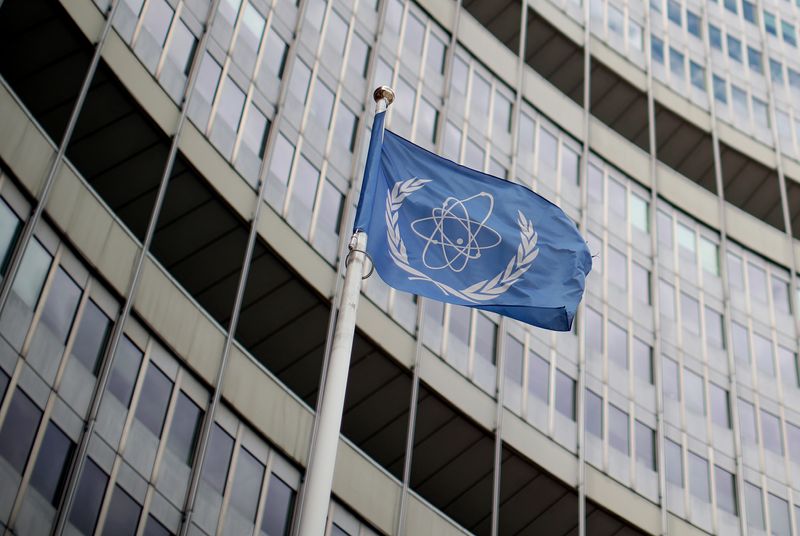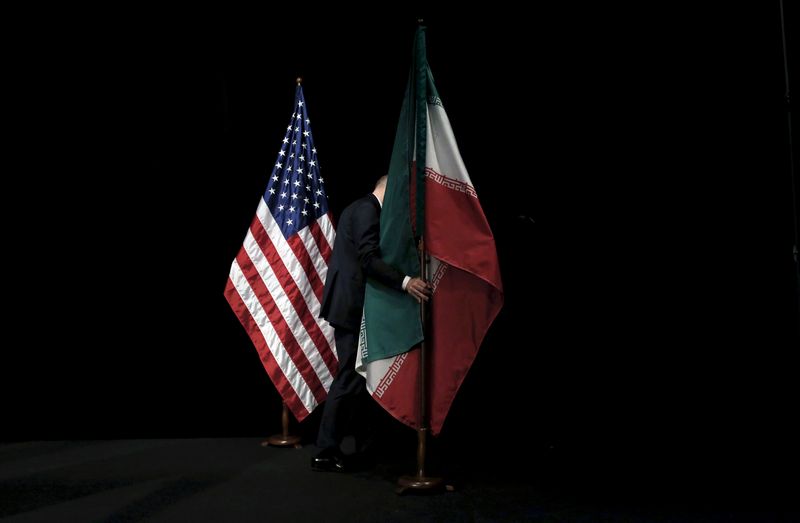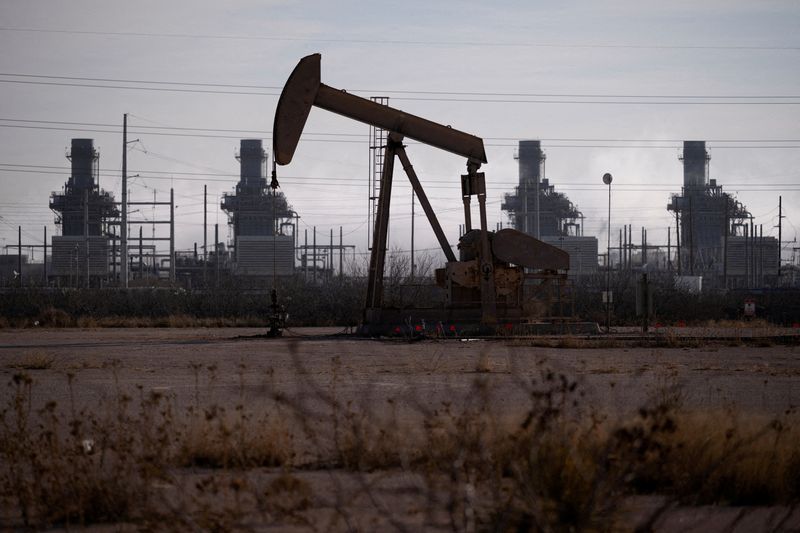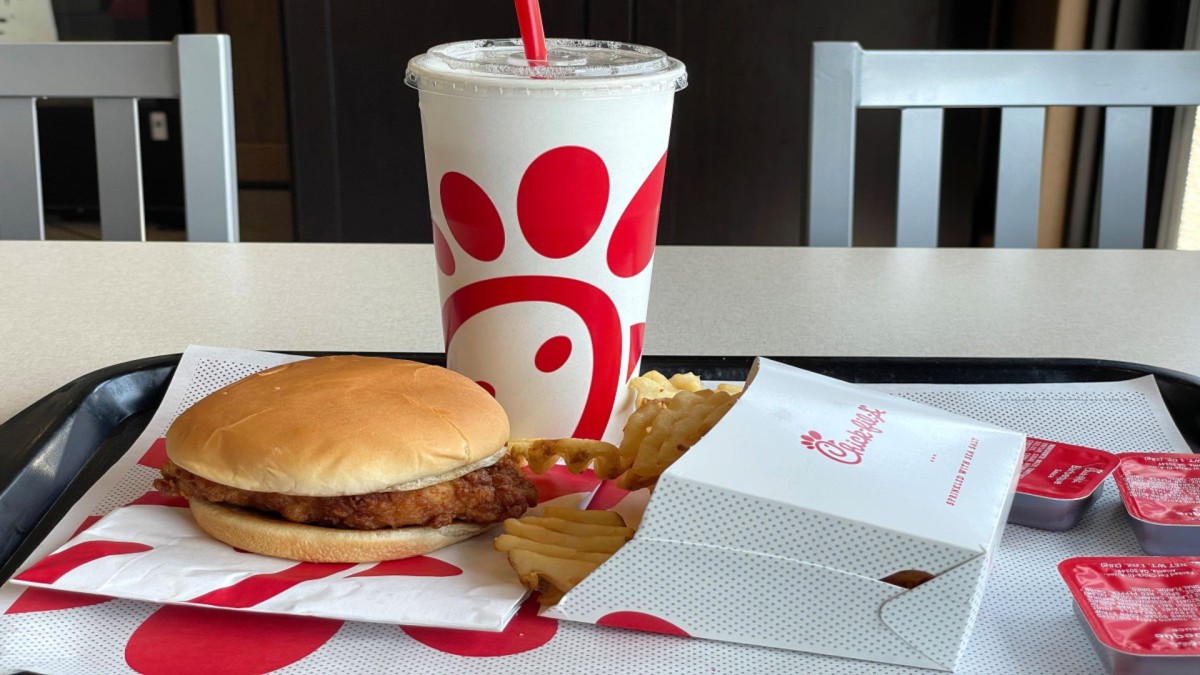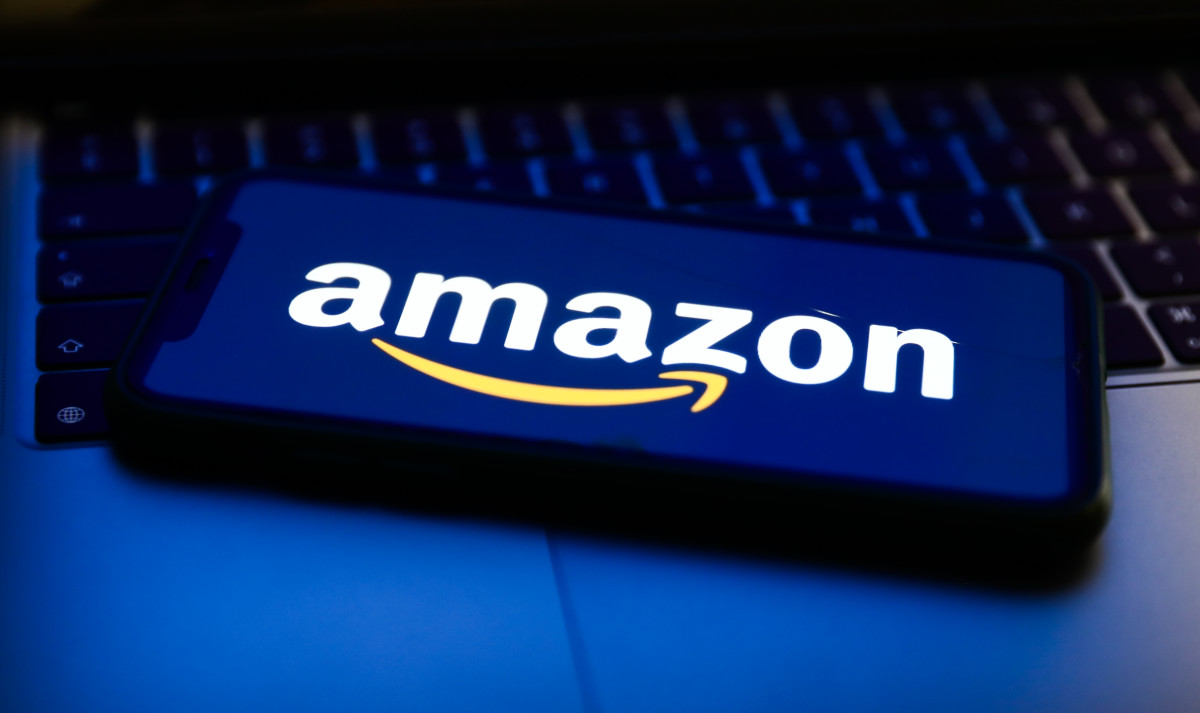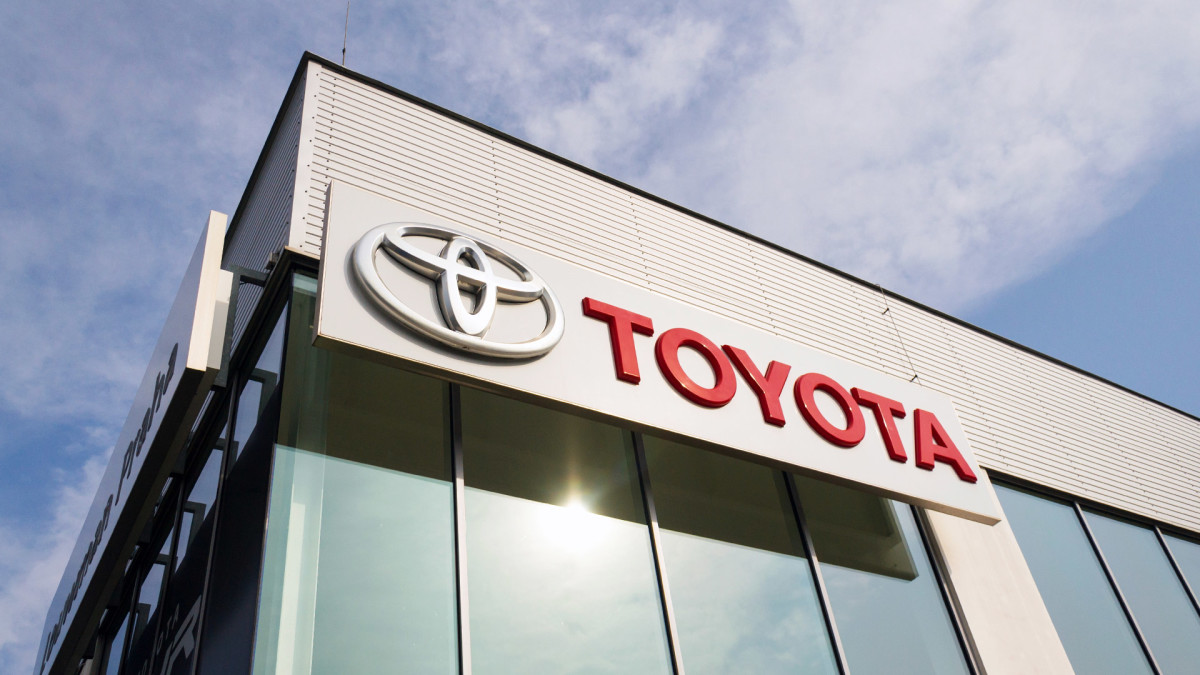First look: Tesla's biggest bet in years makes street debut
It's finally time to see if Tesla's massive bet pays off.
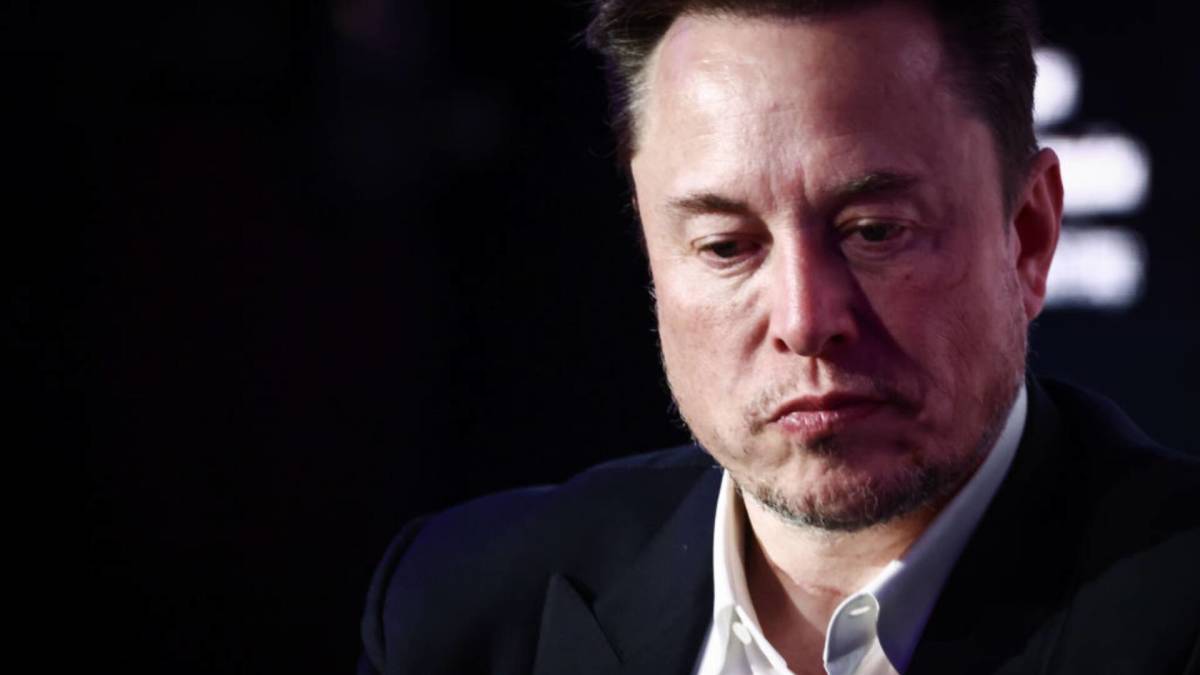
It has been a long time coming, but the moment is finally here.
Tesla (TSLA) has officially rolled out its robotaxi program in Austin, Texas, after years of promises and missed deadlines.
Tesla has teased its robotaxi program since CEO Elon Musk first mentioned it in 2016, but its development has moved at a snail's pace.
Related: Tesla takes drastic measures to keep robotaxi plans secret
Apple co-founder Steve Wozniak was a self-described early believer in Tesla, but in recent years, he has made it his mission to warn the world about its Full Self-Driving technology.
"Boy, if you want to study AI gone wrong, and making a lot of claims, and trying to kill you every chance it can, get a Tesla," Wozniak told CNN in a 2023 interview.
Wozniak was a former Tesla booster, dating back to 2016, when he said he had spent a lot of money upgrading his vehicle.
The upgrade included a camera and radar in the vehicle, and Musk promised that the car would be able to drive itself across the country by the end of 2016.
Musk then said, according to Woz, that a new vehicle upgrade with eight cameras and even more sensors would allow the car to drive itself cross-country by the end of 2017.
Eight years later, Tesla still can't drive itself cross-country, but the company is showcasing its progress on the streets of Austin. Image source: van der Wal/Getty Images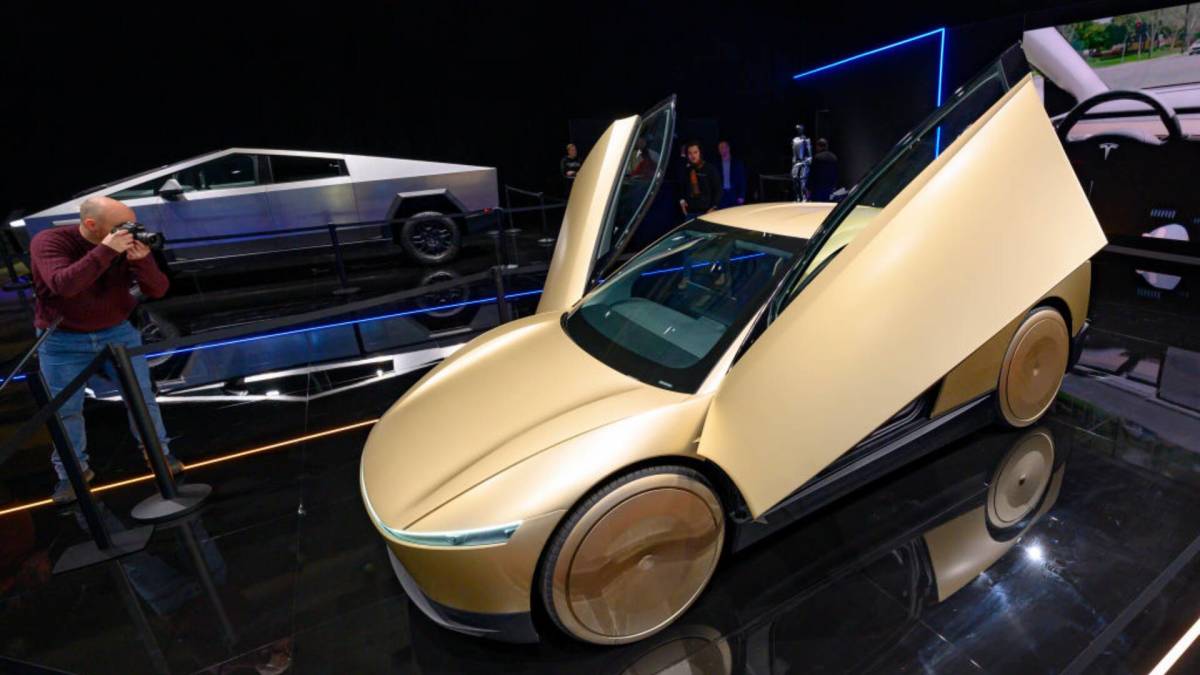
Tesla robotaxis hit Austin streets
Self-driving Teslas with no one in the driver's seat were spotted in Austin this week.
The video circulating online does, however, seem to show a human inside.
The car in the video, with the word “Robotaxi” written on the door, successfully yields to pedestrians legally crossing in the crosswalk.
According to Musk, Tesla plans to test only about 10 vehicles during this initial pilot run. Still, the ultimate plan is to have every Tesla on the road capable of serving as a robotaxi.
Related: Tesla faces new challenge as leader announces exit
Earlier this year, Tesla said its FSD system has driven a cumulative total of 3.6 billion miles, nearly triple the 1.3 billion cumulative miles it reported a year ago.
The company has fought to keep its robotaxi plans in Austin top secret.
News organizations have requested Freedom of Information Act access to communications from the last two years between the company and city officials in February, after Musk announced in January that robotaxis were coming to Austin.
The city's public information officer told the news agency that “third parties” asked the city to withhold those records to protect their “privacy or property interests.”
Tesla's robotaxi plans extend well past Austin
While Tesla recently killed its Cybercab concept, at least for now, the company plans to test Model Ys already on the road as part of its robotaxi program.
”It’s prudent for us to start with a small number, confirm that things are going well, and then scale it up,” Musk told CNBC's David Faber.
Once it proves its concept in Austin, Tesla plans to expand the robotaxi program to Los Angeles and San Francisco soon after.
California was Tesla's old stomping grounds before Musk moved the company's HQ to Austin in 2021 due to what he said were arduous regulatory practices, which may have been related to the company's operation during the Covid pandemic.
With Tesla's plan to expand in the state, Musk will be heading back into that regulatory environment, except now the rules governing autonomous driving are much stricter.
In April, the California Department of Motor Vehicles announced that it is seeking public comment on proposed regulations for self-driving vehicles.
Related: Tesla's robotaxi rollout is alarming the public, new report shows

